Editor’s Note: This article was originally published in Overland Journal, Winter 2015.
The Mojave Road is one of the best known and most diverse overland routes in the United States. Like most western tracks, it was established by Native Americans and used as a footpath for travel long before Europeans arrived to map it. In 1776 the first documented crossing was completed by Francisco Garcés, a missionary on Juan Bautista de Anza’s expedition to California. Over the coming centuries the road would transform into a supply route, making way for wagons, equipment, and rail lines heading to California.
Despite its similar history to other desert crossings, the Mojave Road is unique. Most classic routes were improved over the years or turned to pavement; the Mojave became lost in time when more efficient routes for railroads were discovered. Even today, very little maintenance or development has occurred, allowing drivers to not only enjoy the untouched desert, but do so on what is essentially the same road used over 150 years ago.

General Information
The original route begins 10 miles south of Bullhead City on the Colorado River and spans 140 miles through the heart of the Mojave Desert to Camp Cady. Though largely unmaintained, the terrain is mild enough to be crossed by “soft-roaders” with an experienced driver. Topography of the area is brilliantly varied and includes mountain passes, desert valleys, large lakes, and even volcanic cones. The route begins in the Lake Mead National Recreation Area, but the majority of the traditional road is encompassed by the Mojave National Preserve in California.
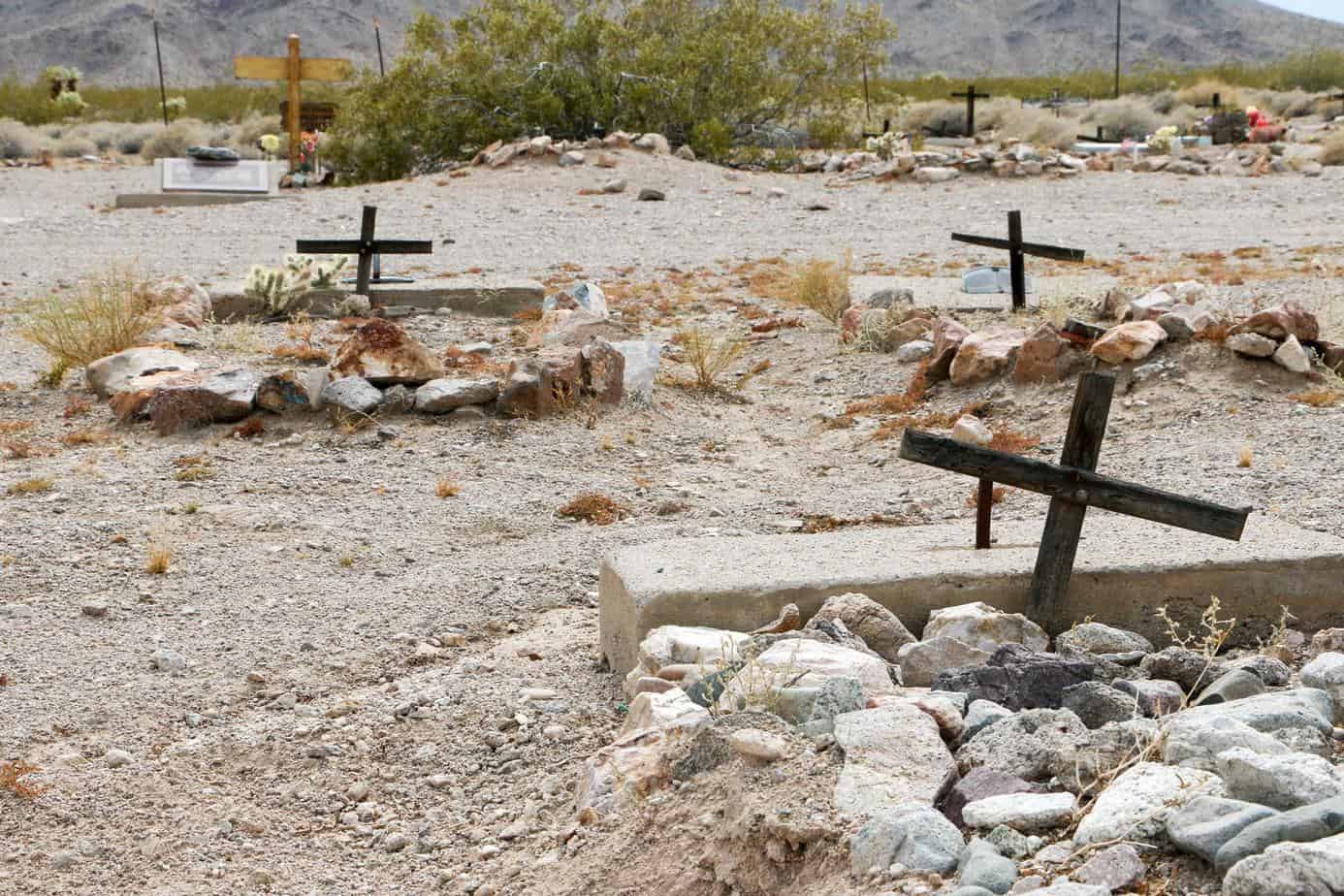
Despite the dry nature of the region, flora can be stunning with the right seasonal conditions. Desert paintbrush, creosote bush, cholla, yucca, and prickly pear cacti thrive in the high desert, often blooming with vibrant pinks and yellows. The most notable plant along the route is the Joshua tree, which looks similar to the dreamed-up creations of Dr. Seuss. Their foliage resemble pom-poms rather than treetops, and the trunks—which turn and bend sporadically—are covered in a fur-like coating. Fauna includes the typical high-desert species, composed mostly of coyotes, rattlesnakes, bats, hawks, tortoises, wrens, and small mammals such as rats and mice. The particularly observant traveler may spot desert bighorn sheep.
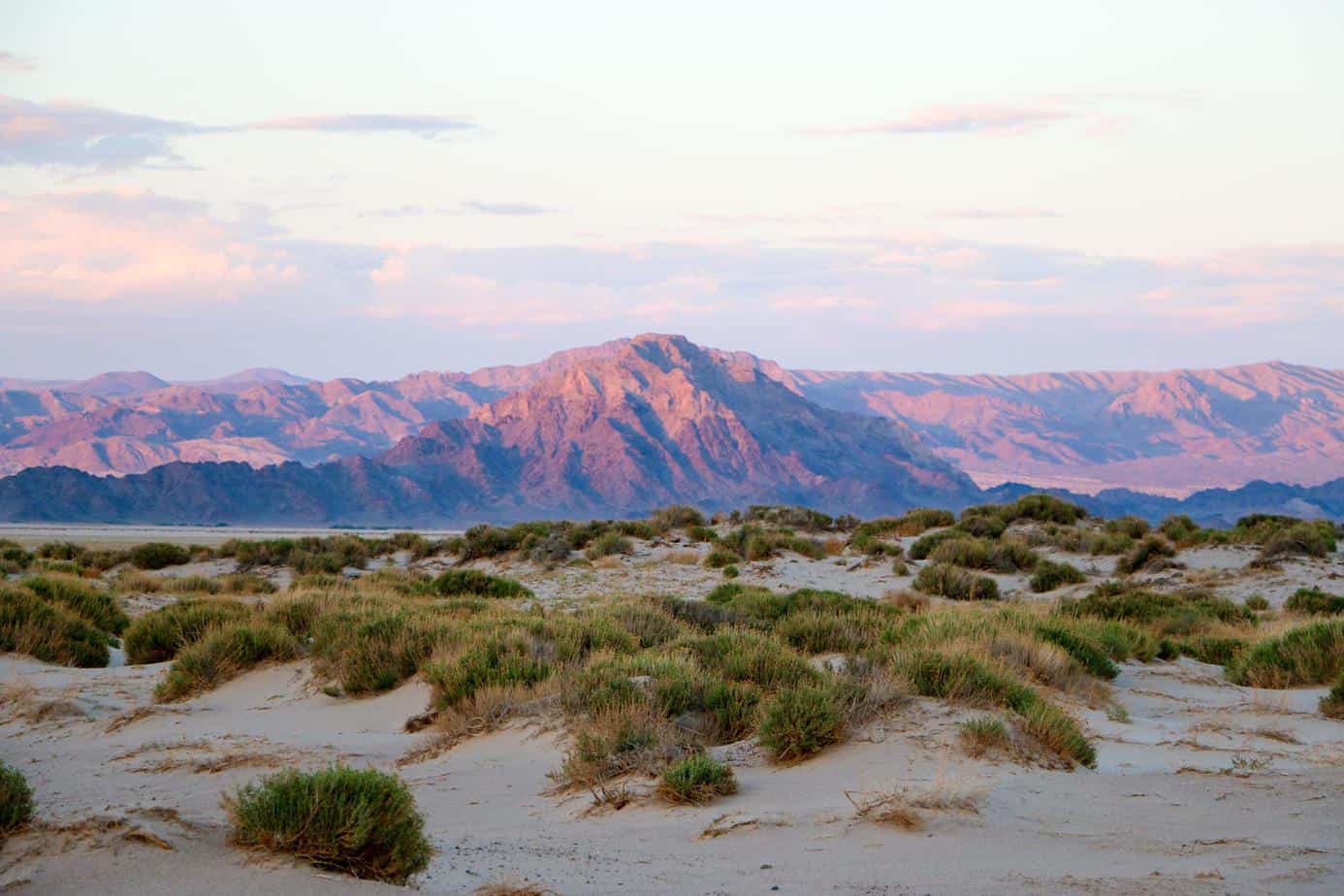
The Mojave Road has become popular in recent years thanks to its scenic views, moderate trail requirements, and proximity to three major population centers. In fact, due to the large groups flocking in from throughout the Southwest, it has started to become old hat for many overlanders, which is why we’re starting a little revival. We’ve taken the classic route and thrown in some of our favorite spots along the way. From swimming to sand dunes, there’s something for everyone along the Mojave Road.
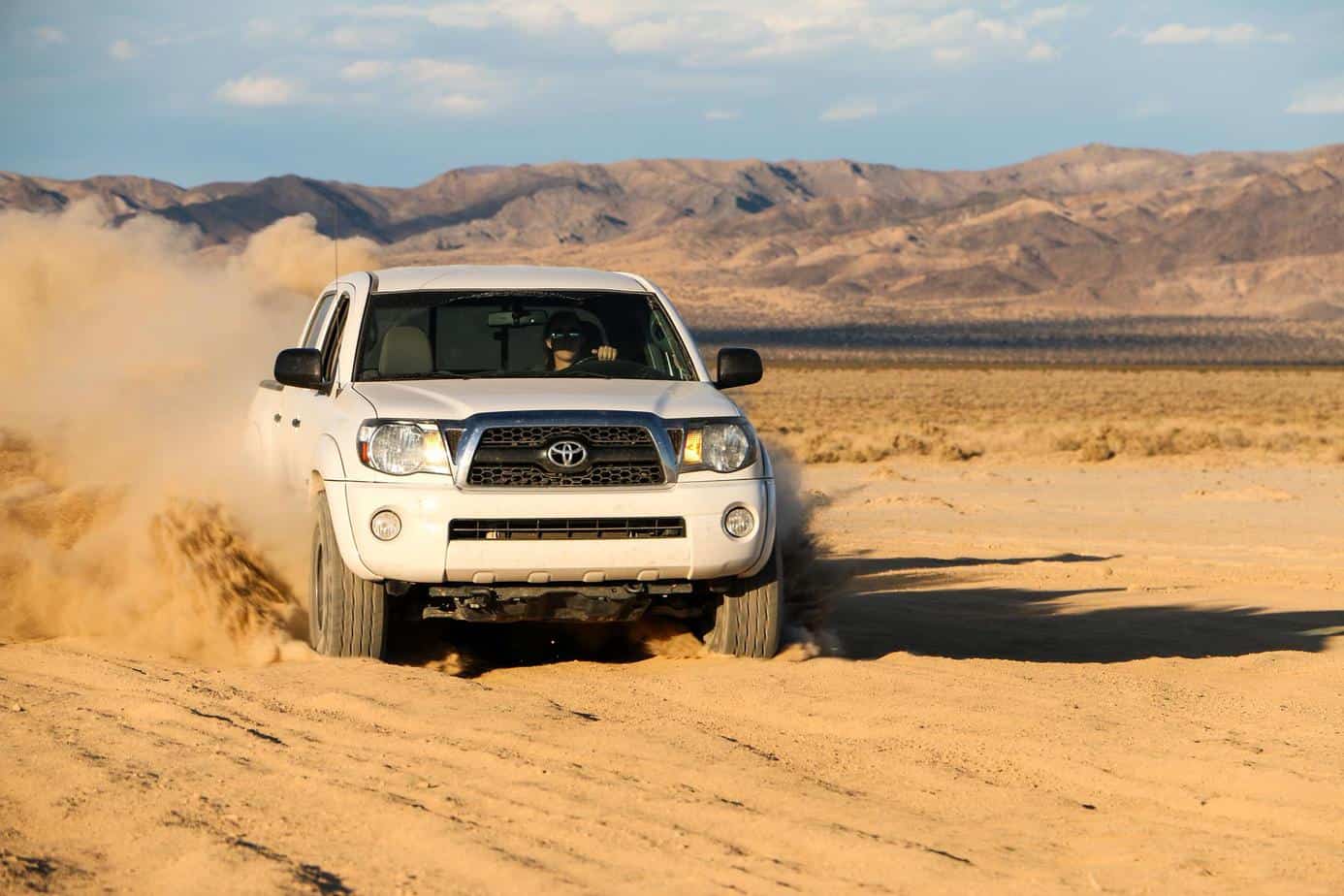
The Drive
We opted to begin our modified route upriver, on the shores of the beautiful Lake Mohave. The roads are broad and smooth leading into to this section, with long sand washes winding down to the water. The track shows just one cove, but many of them are secluded and provide a private beach any explorer will enjoy. The river waters run clear and cold year-round, so there is plenty of wandering to do via canoe or kayak on hot desert days. During our regrettably short stay, fish could be heard jumping every few minutes, so be sure to bring a rod and reel. Our evening ended with the sound of lapping waves on the shore and the touch of a cool lake breeze.
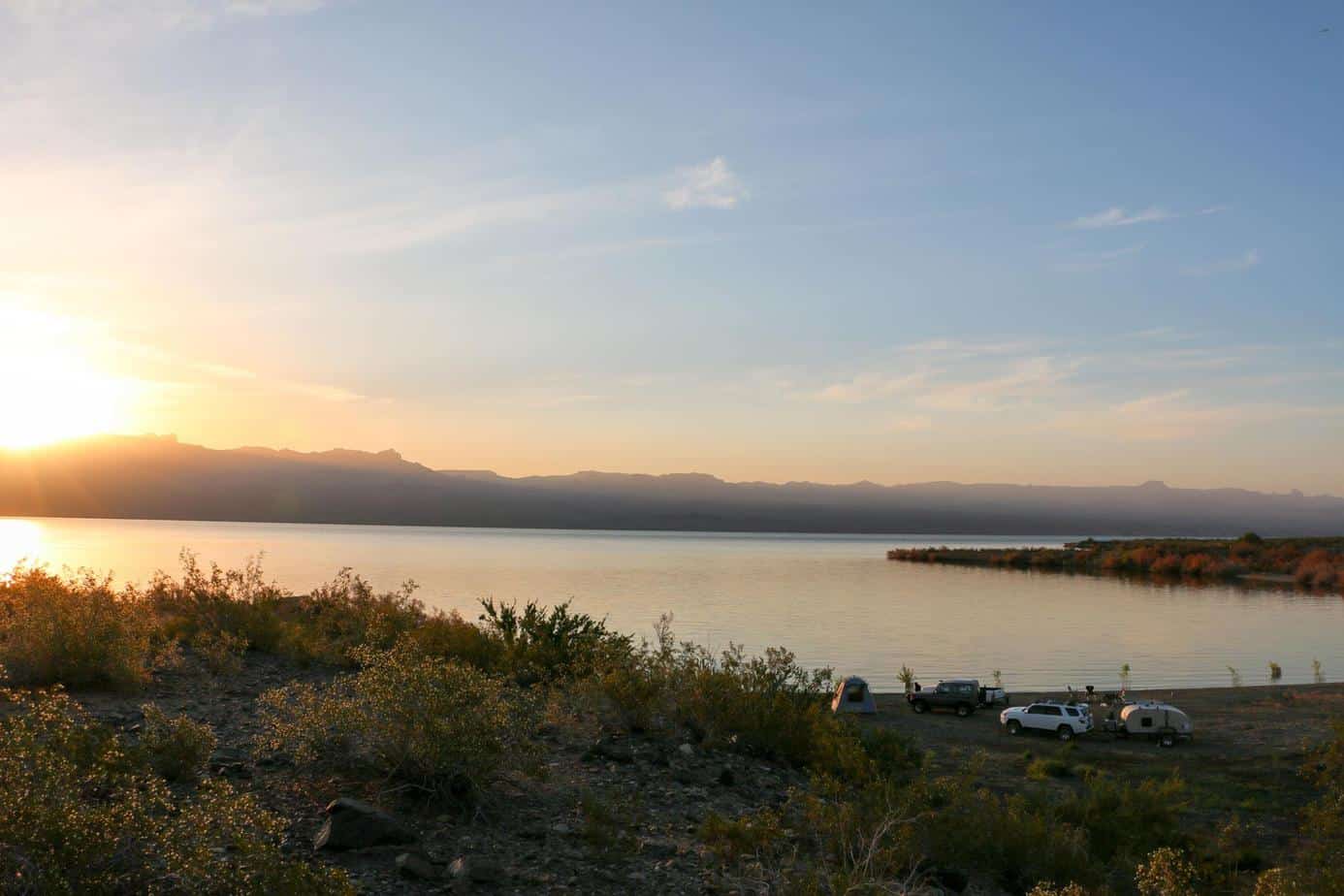

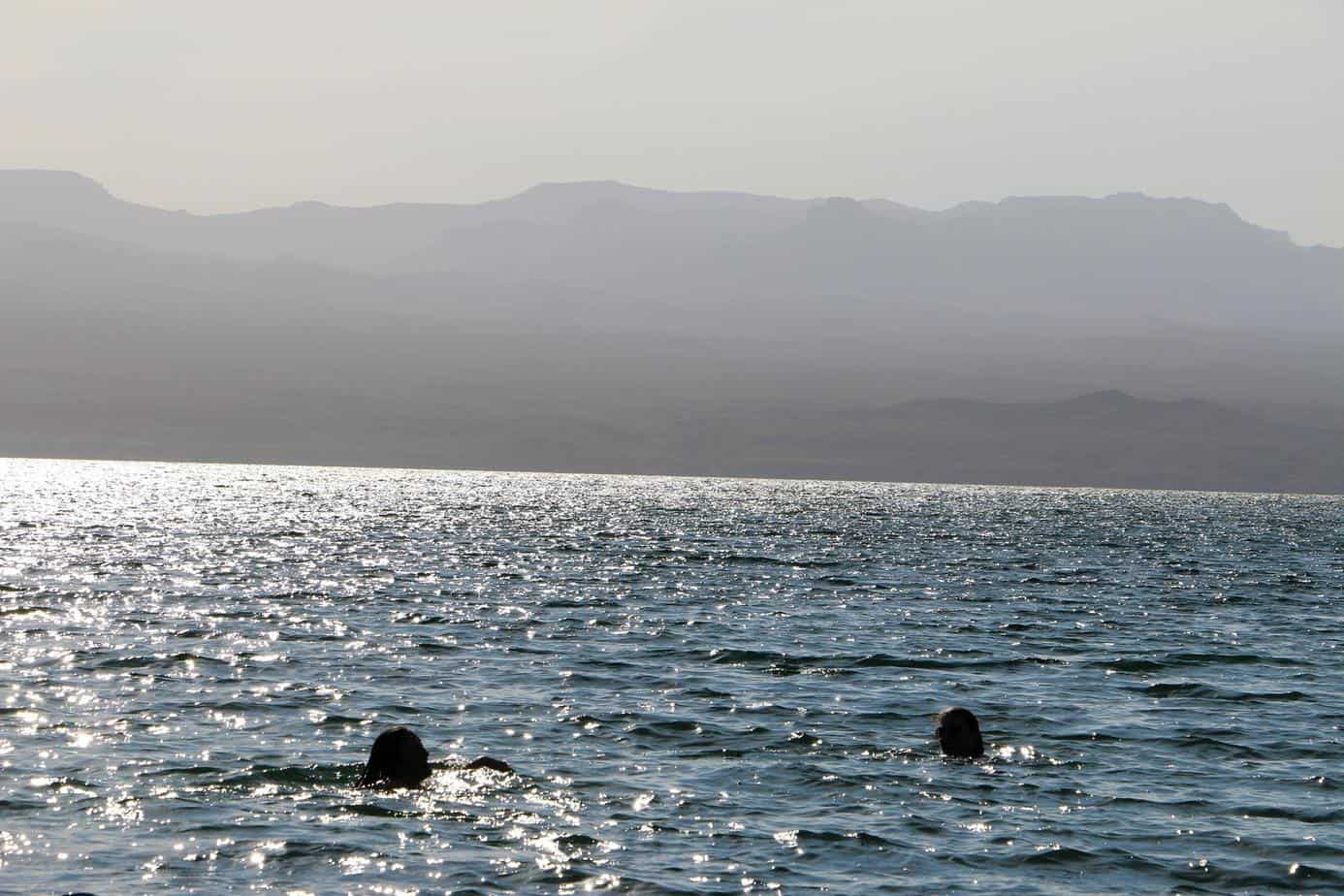

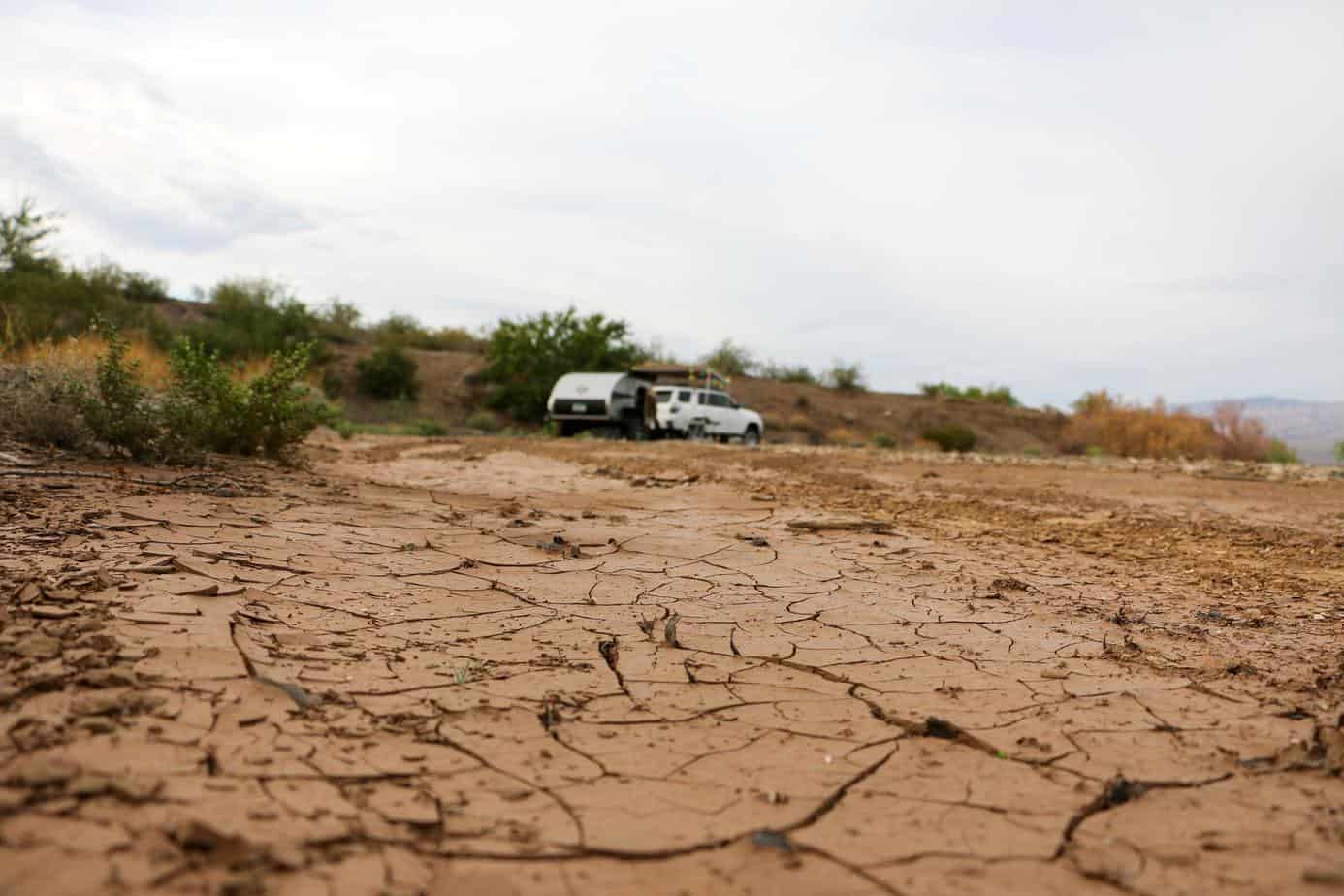
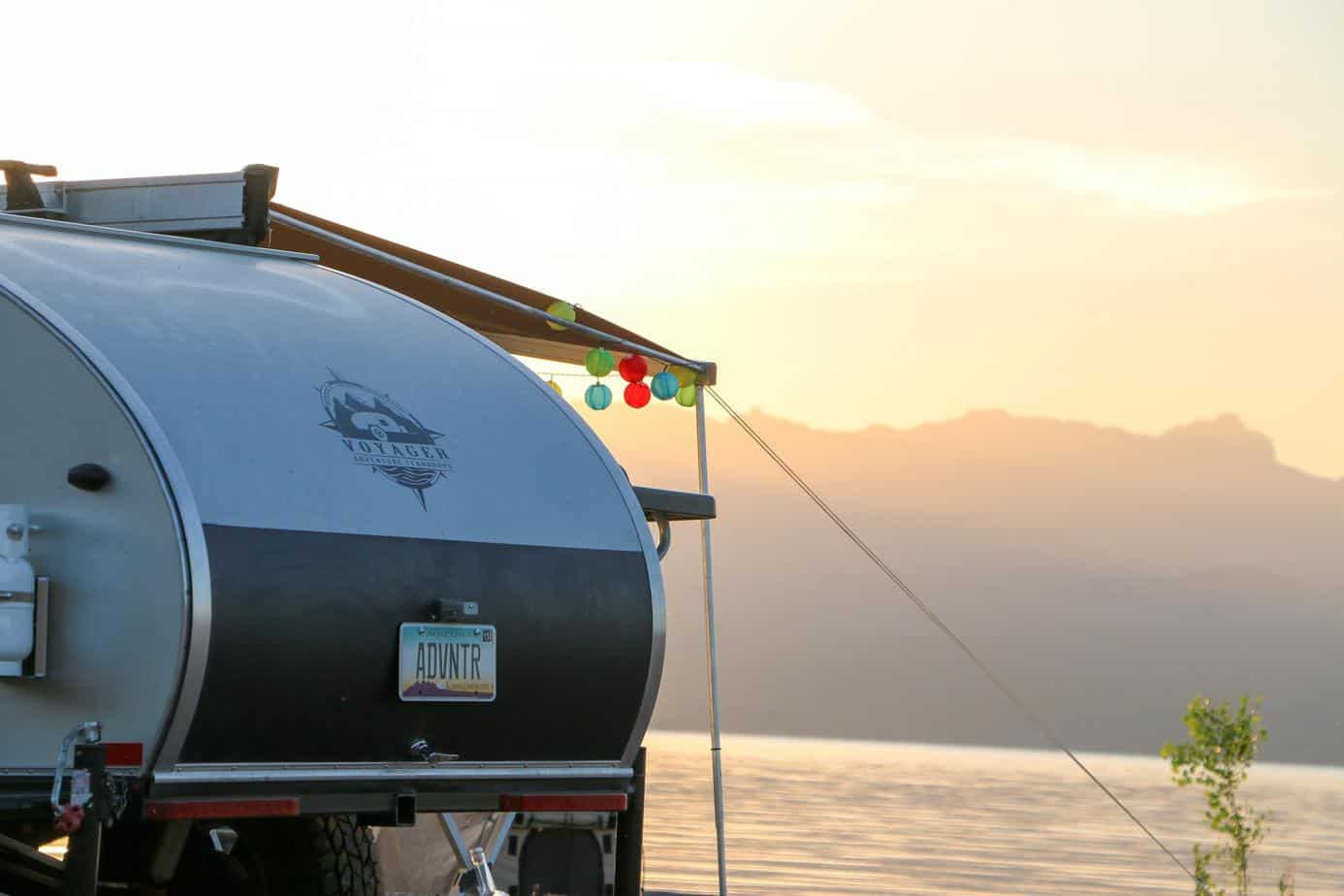

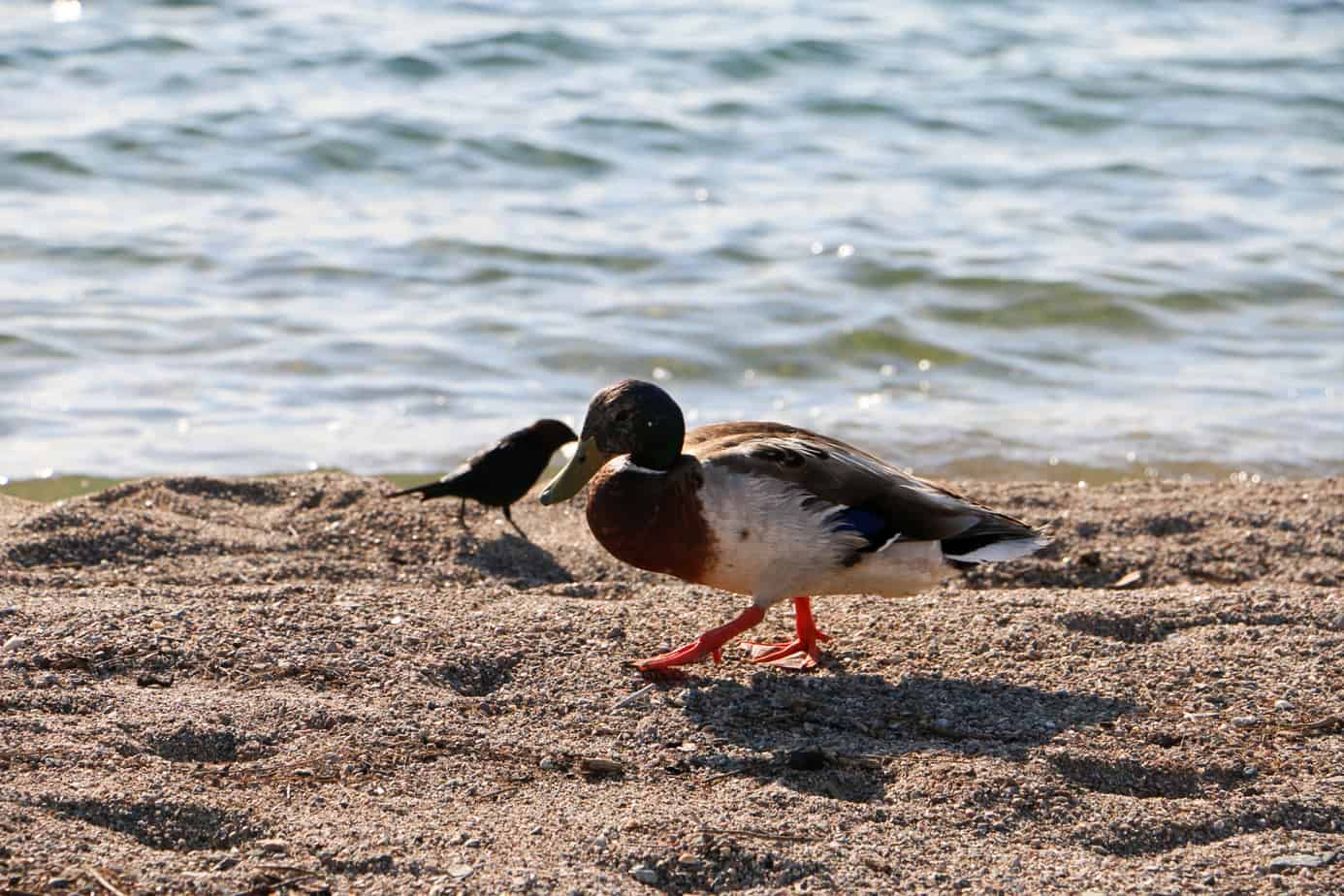
If you’re able to tear yourself away from this picturesque beach, trek toward the Newberry Mountains, where tall canyon walls and craggy peaks loom overhead. The old pavement exit from this range can look fast and smooth but be warned, years of neglect have left jagged edges, crumbling shoulders, and tire-shredding potholes throughout.
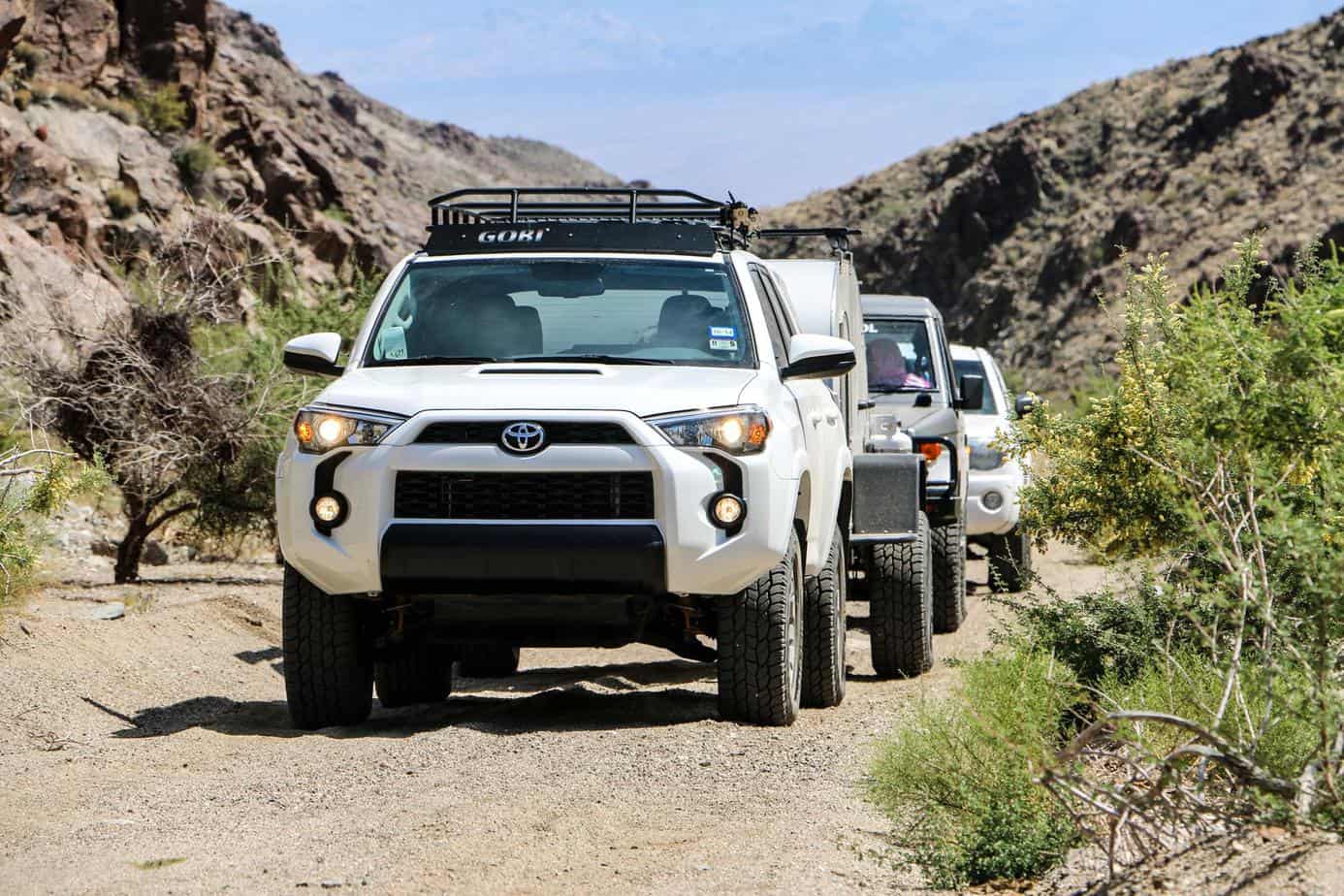

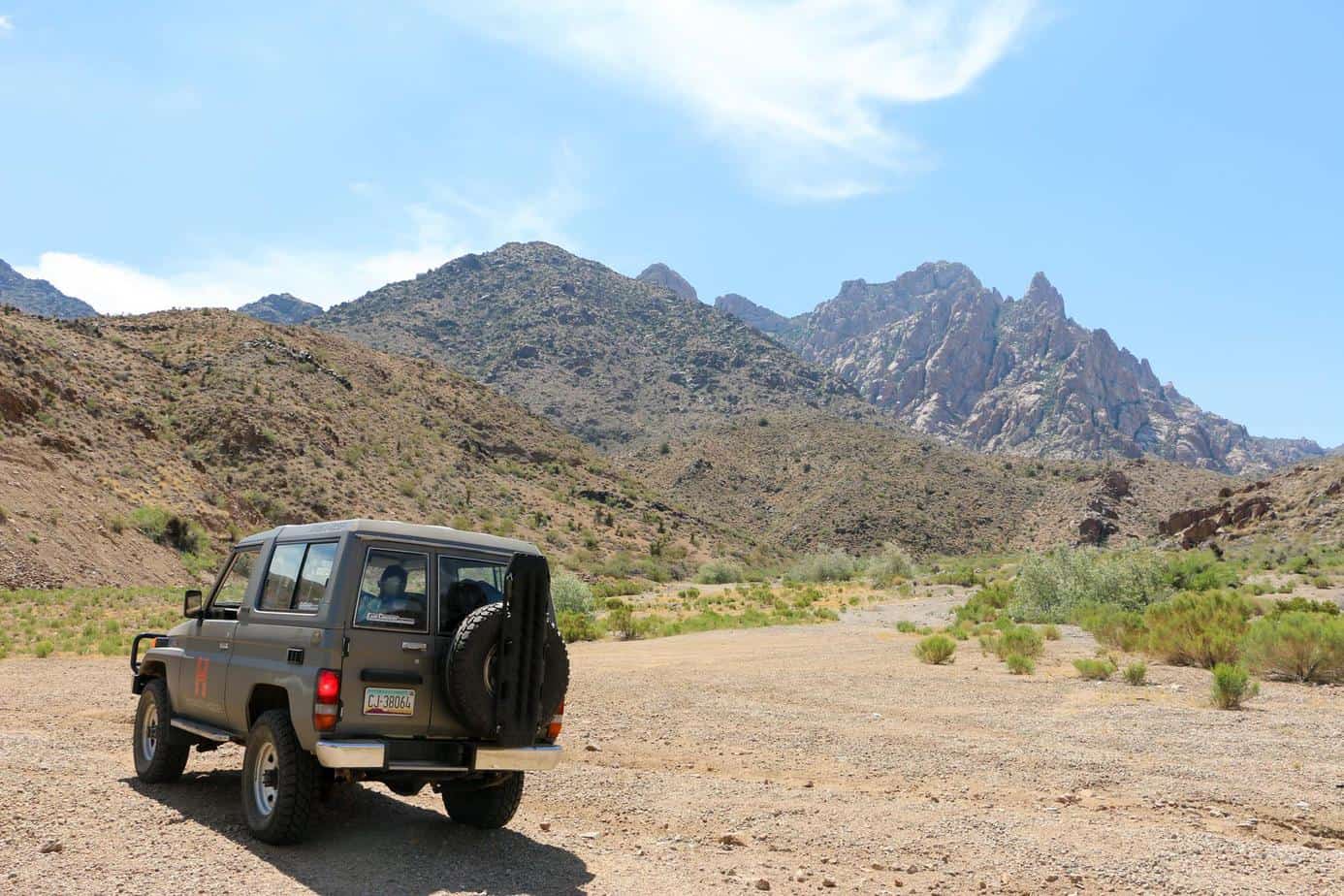

After running this gauntlet with your tires hopefully intact, there will be two routes leading to Fort Piute. We took the road less traveled, a slow and arduous track that desert shrubs and sand are beginning to reclaim. The alternate road follows the power line and consequently cuts a hefty amount of time off this section. The fort was once used to defend a vital water source along the road from Indian attacks. Its entry road is rocky, but the ruins at the top and the optional hike down to the creek make it well worth the drive.

After admiring the fort, it’s time to climb the Piute range, an entertaining scramble with several off camber and cross axle situations. There won’t be any need to engage lockers, but the tipping sensation on cliff edges has been known to turn knuckles white a few times before reaching Lanfair Valley. At this point the first in a series of eclectic objects will begin to appear. These landmarks have become a staple for the road and include sites like the old bus, the penny can tree, the frog monument, the mailbox, and of course the Travelers’ Monument . Each provides its own flare and presents a fun opportunity for photography.
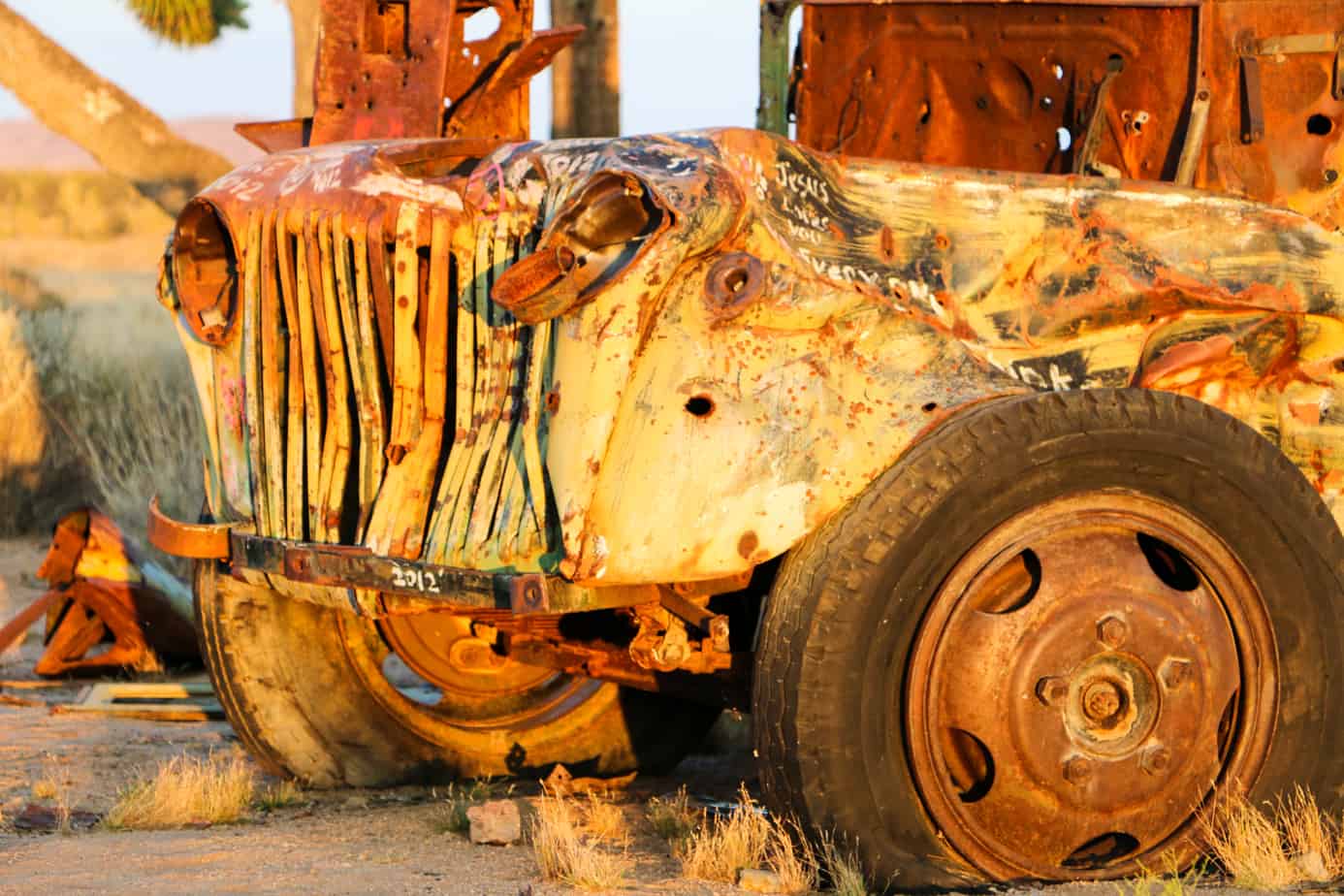


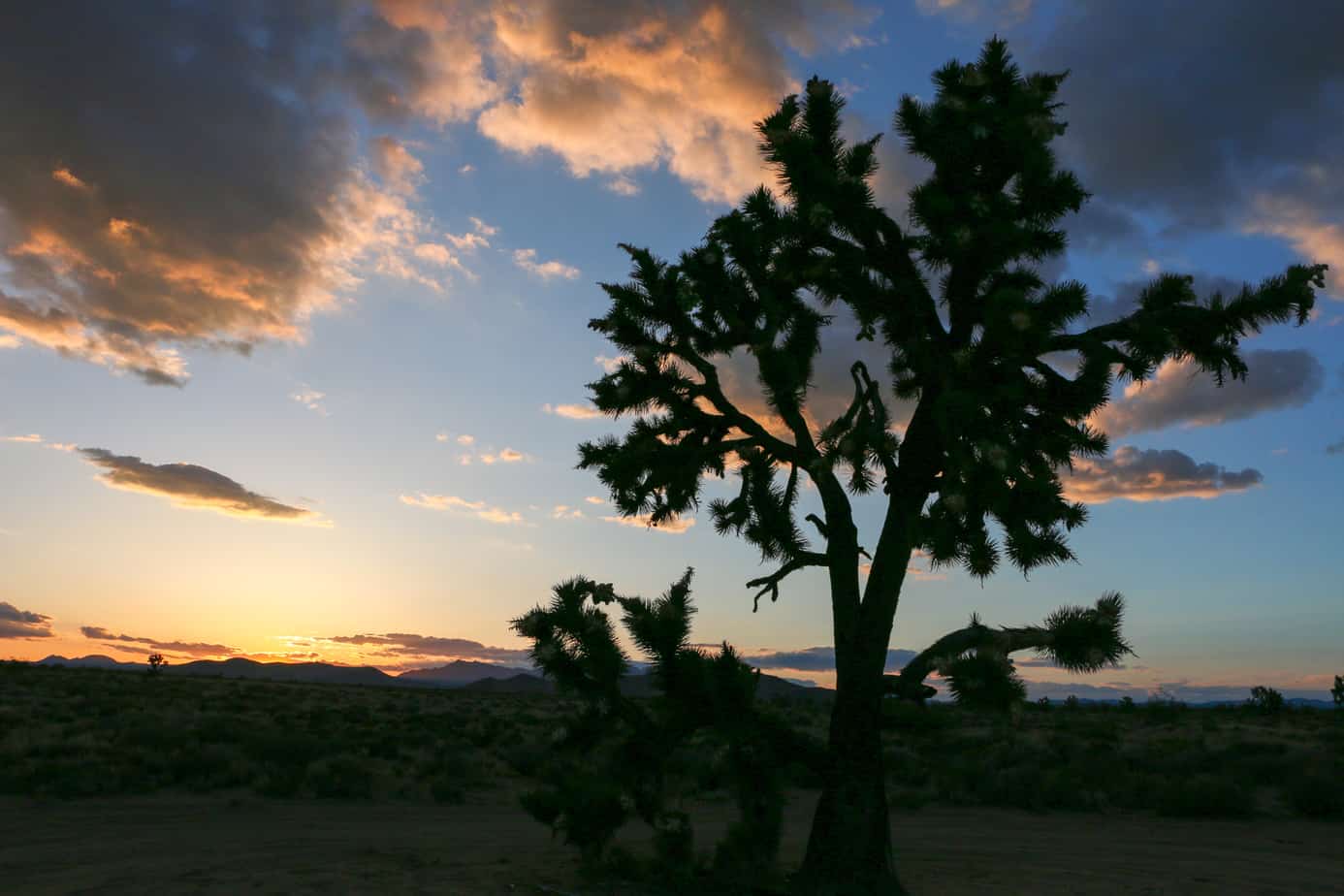
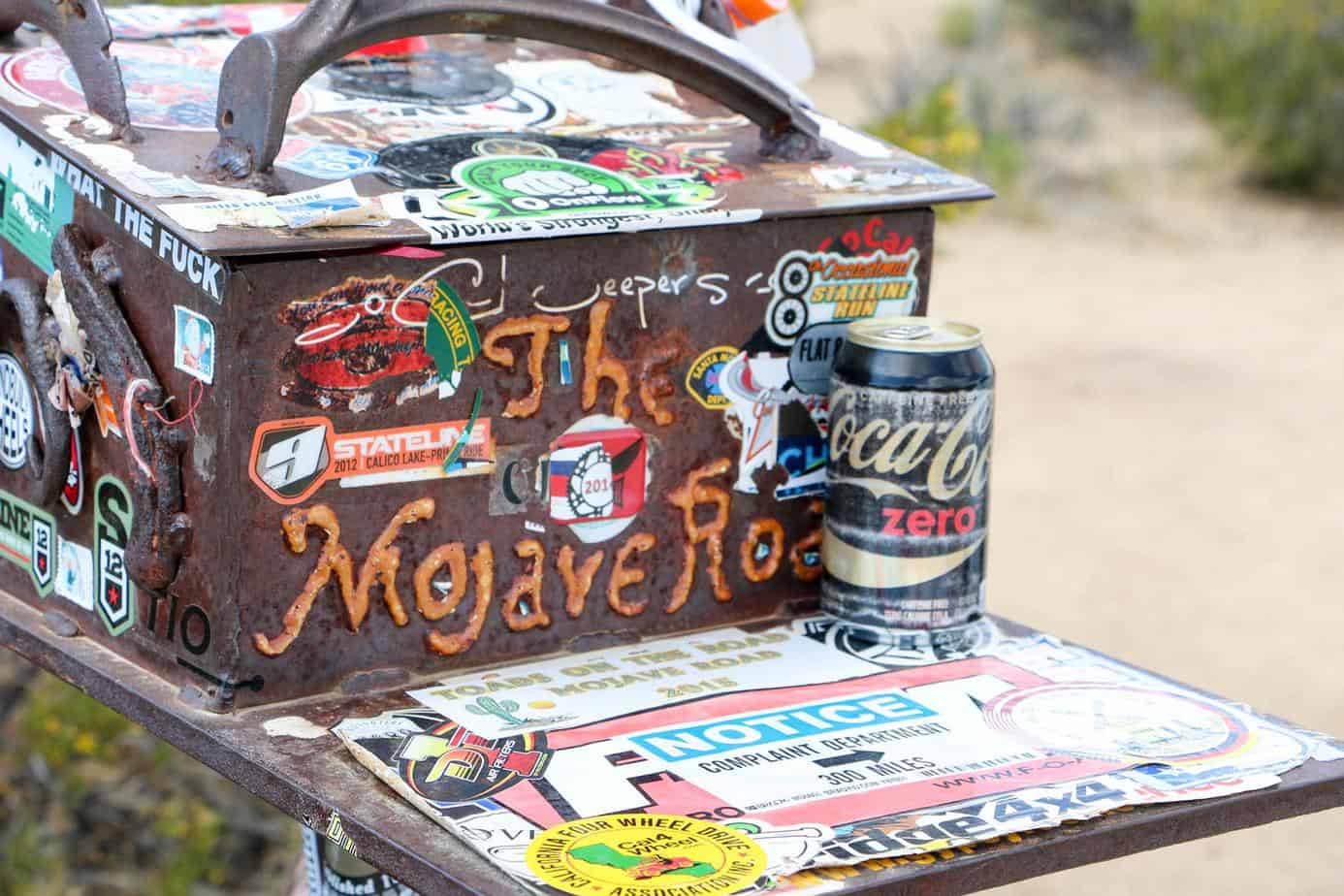
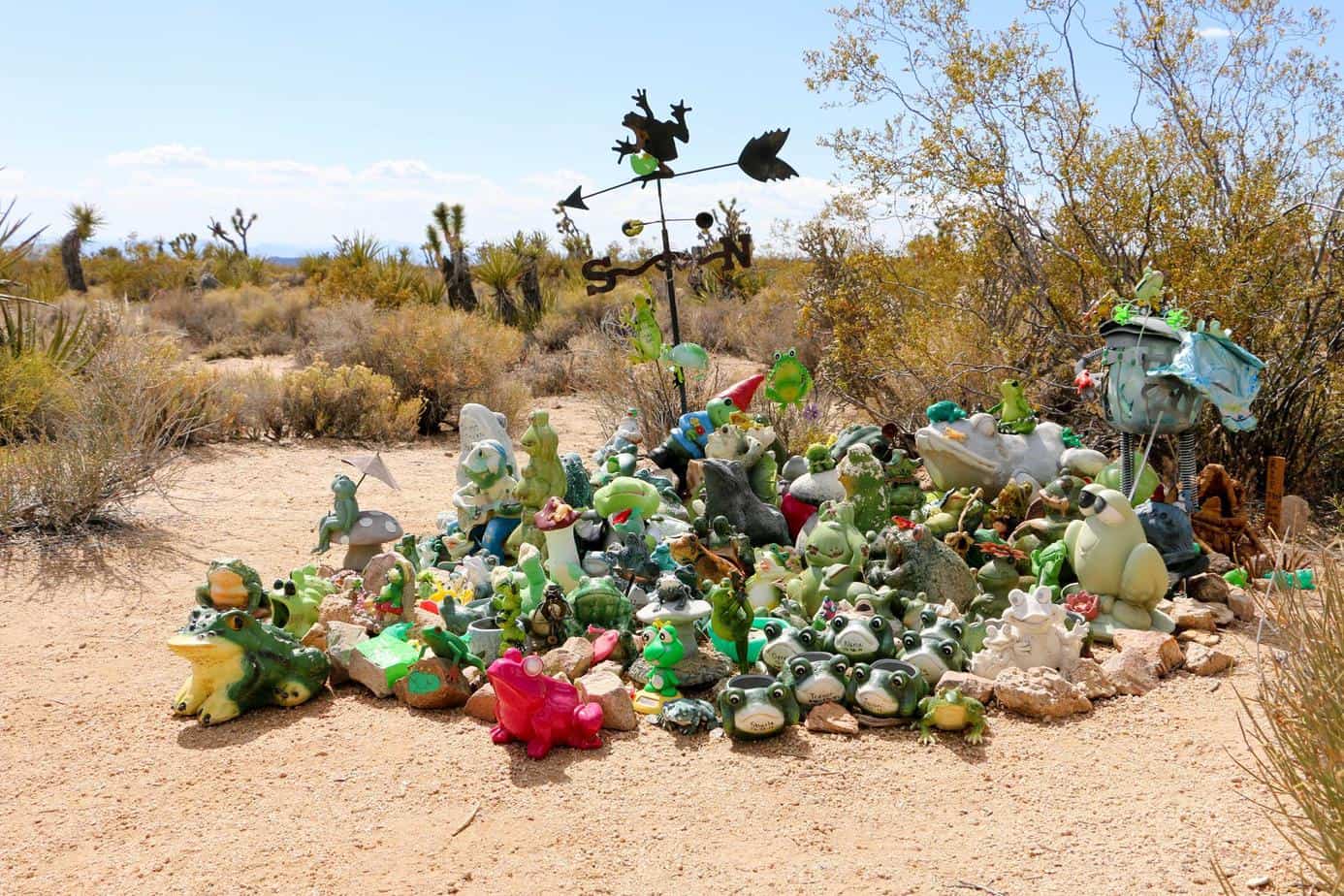
While the majority of the Mojave Road is easy to moderate difficulty, the hill into Watson Wash can be the exception. Most drivers will really enjoy the obstacle, however an ill-chosen line or the wrong throttle inputs could easily spell disaster. A spotter is recommended for this portion of the trail.

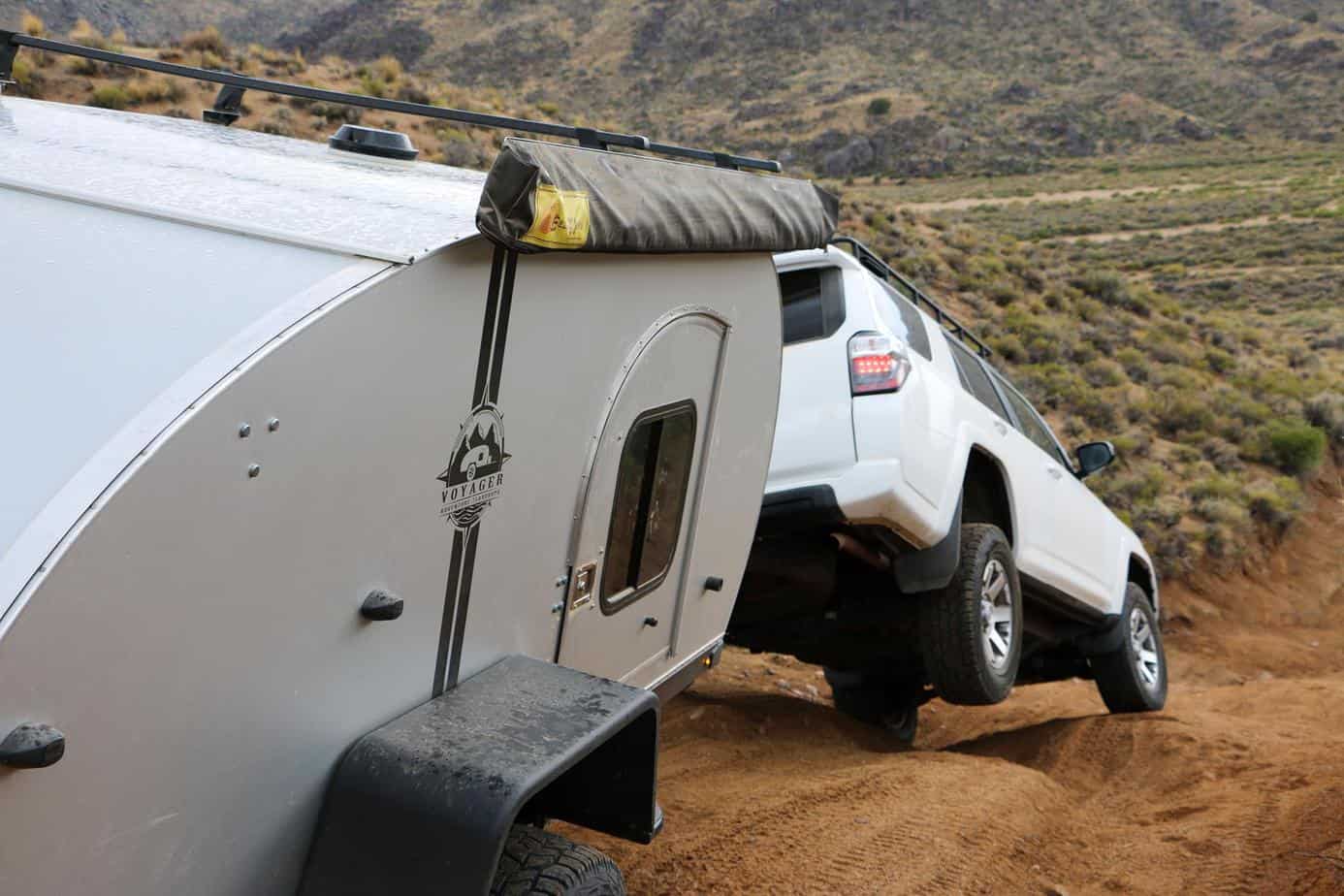
Government Holes is just beyond the hill and is a perfect spot to take a lunch break. The charming windmill pumps water from the parched desert floor into a large (and aging) tank, which has leaked enough to form a lush oasis around the well. To top it all off a tree stands proudly in the center, as if there for no reason but to shade weary travelers.
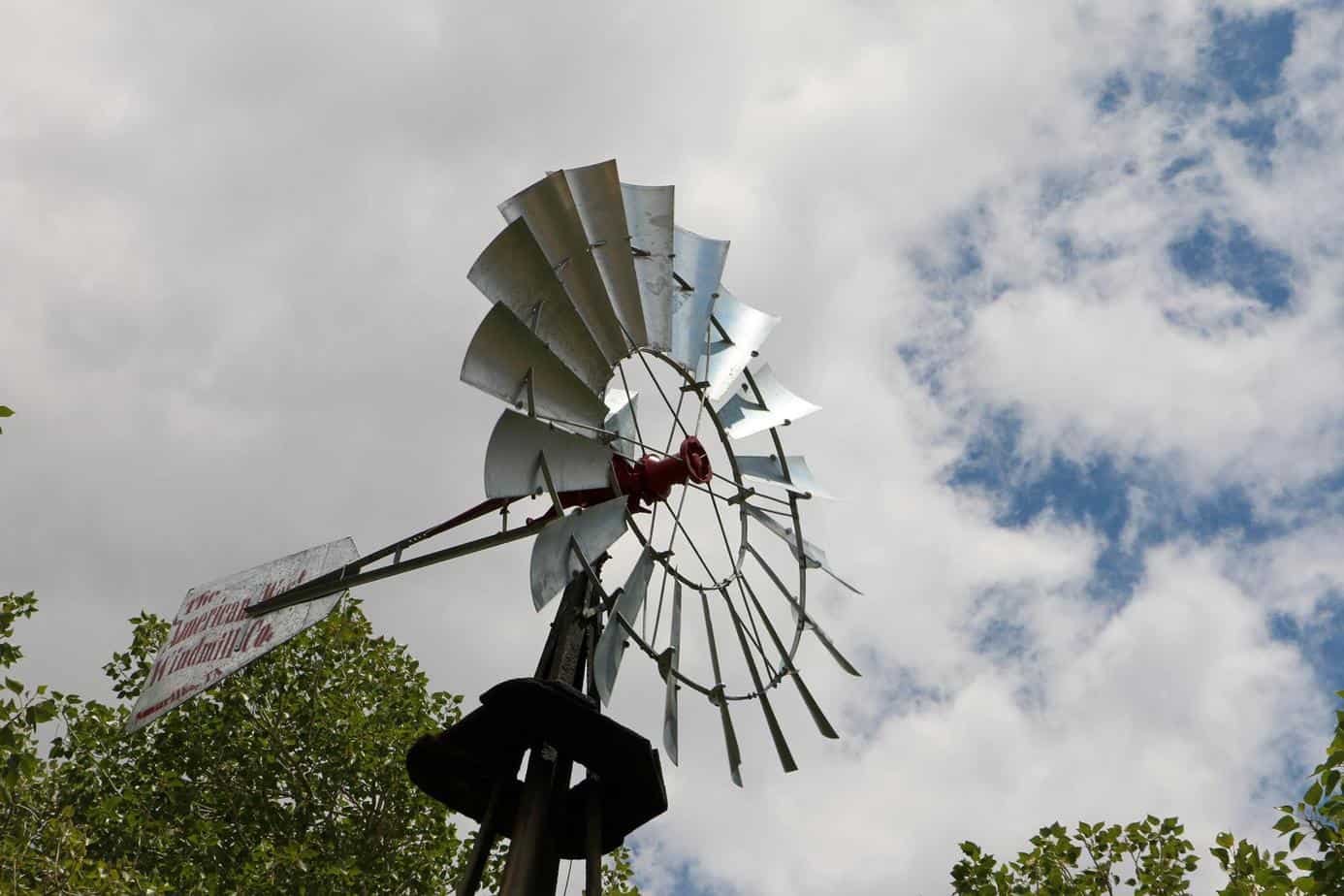
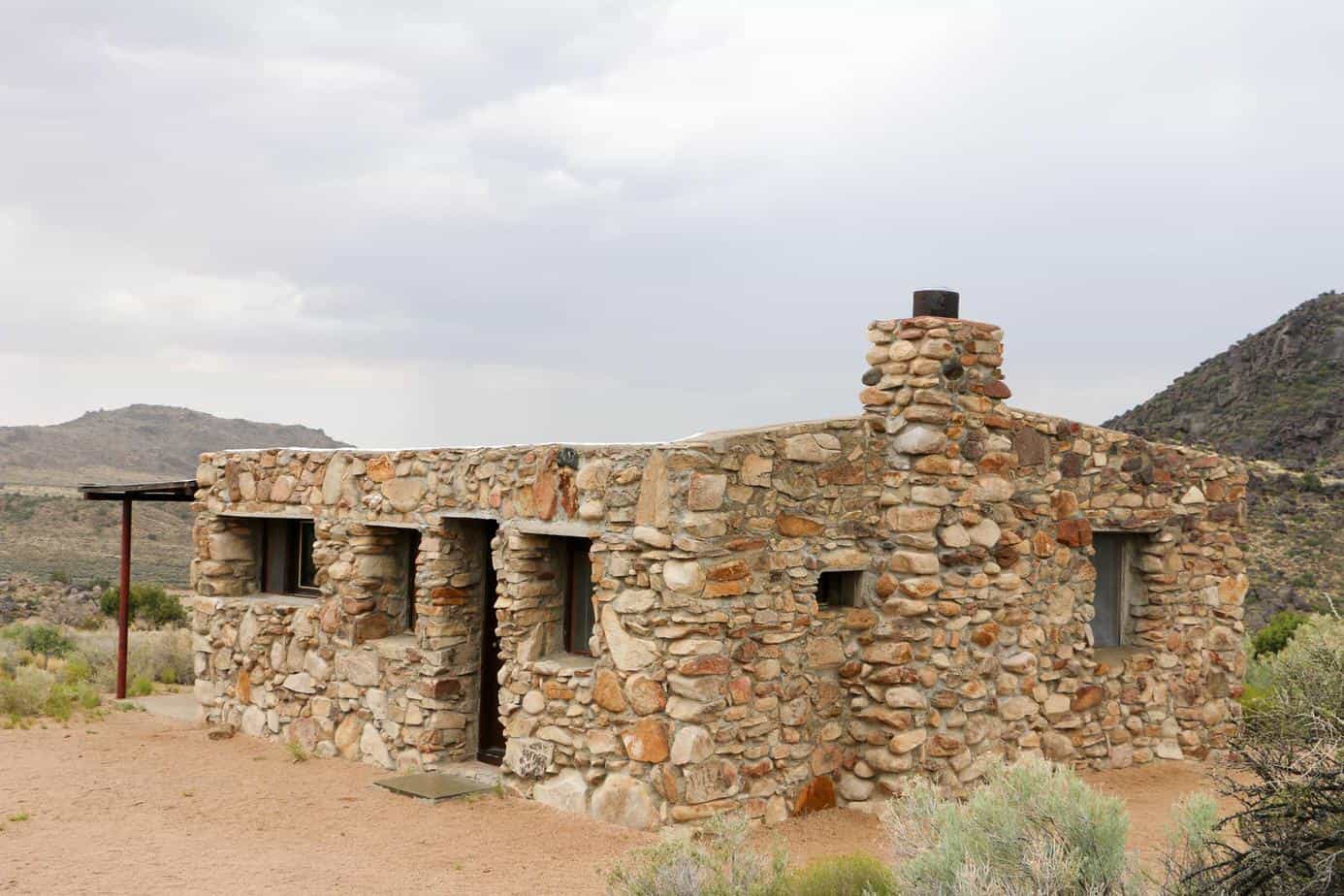
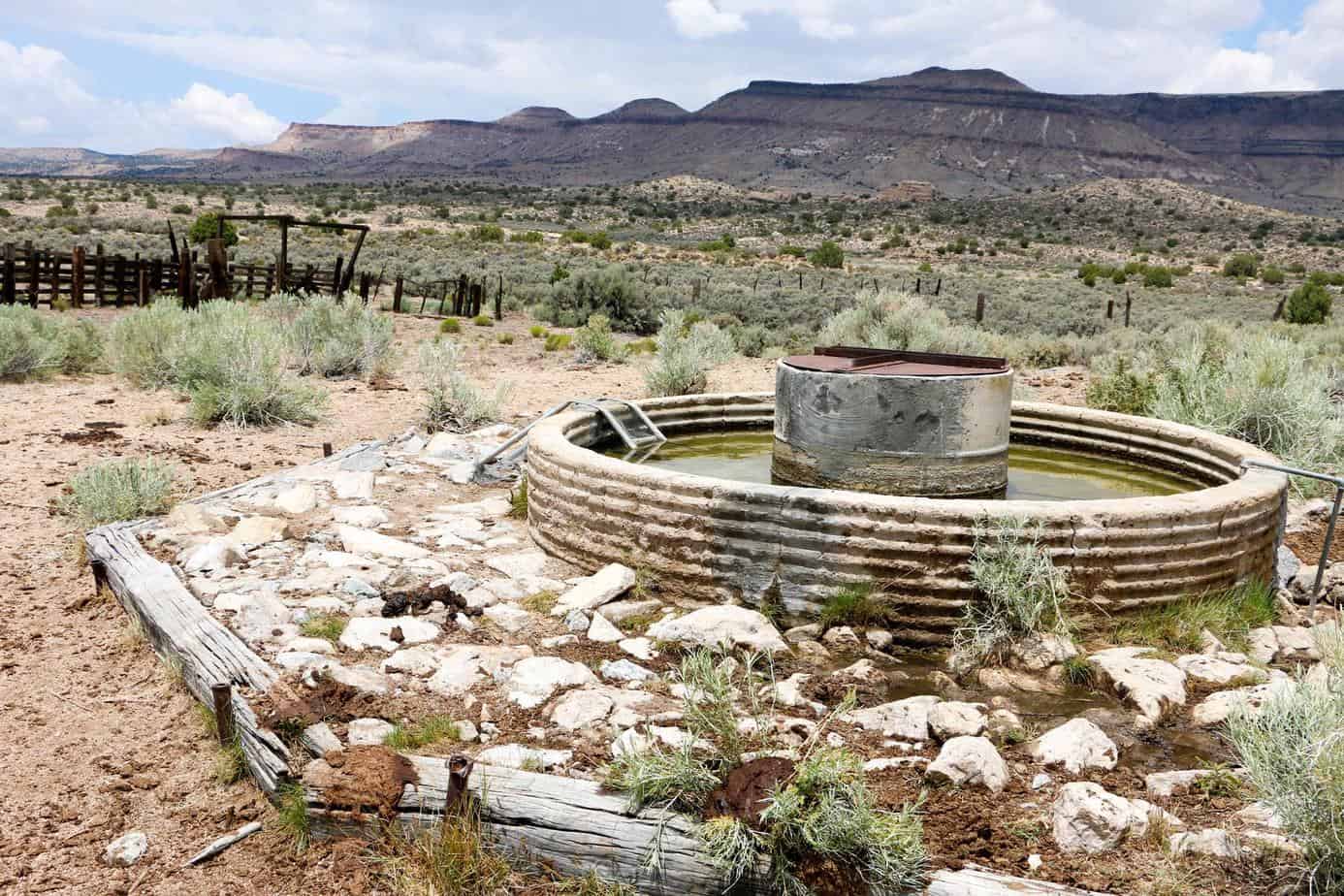
At the risk of being labeled overland heretics, our group opted to deviate from a perfectly good dirt road onto pavement to share a personal favorite stop, Kelso Depot. Despite the disappointment that they no longer serve burgers and milkshakes, this little gem is a must-see spot along the route. Thick grass, towering palm trees, a perfectly restored building, and a beautiful overland route sign are sure to steal your heart. If nothing else, the running water and bathrooms should win points with the family, and the coloring books can distract the kids.
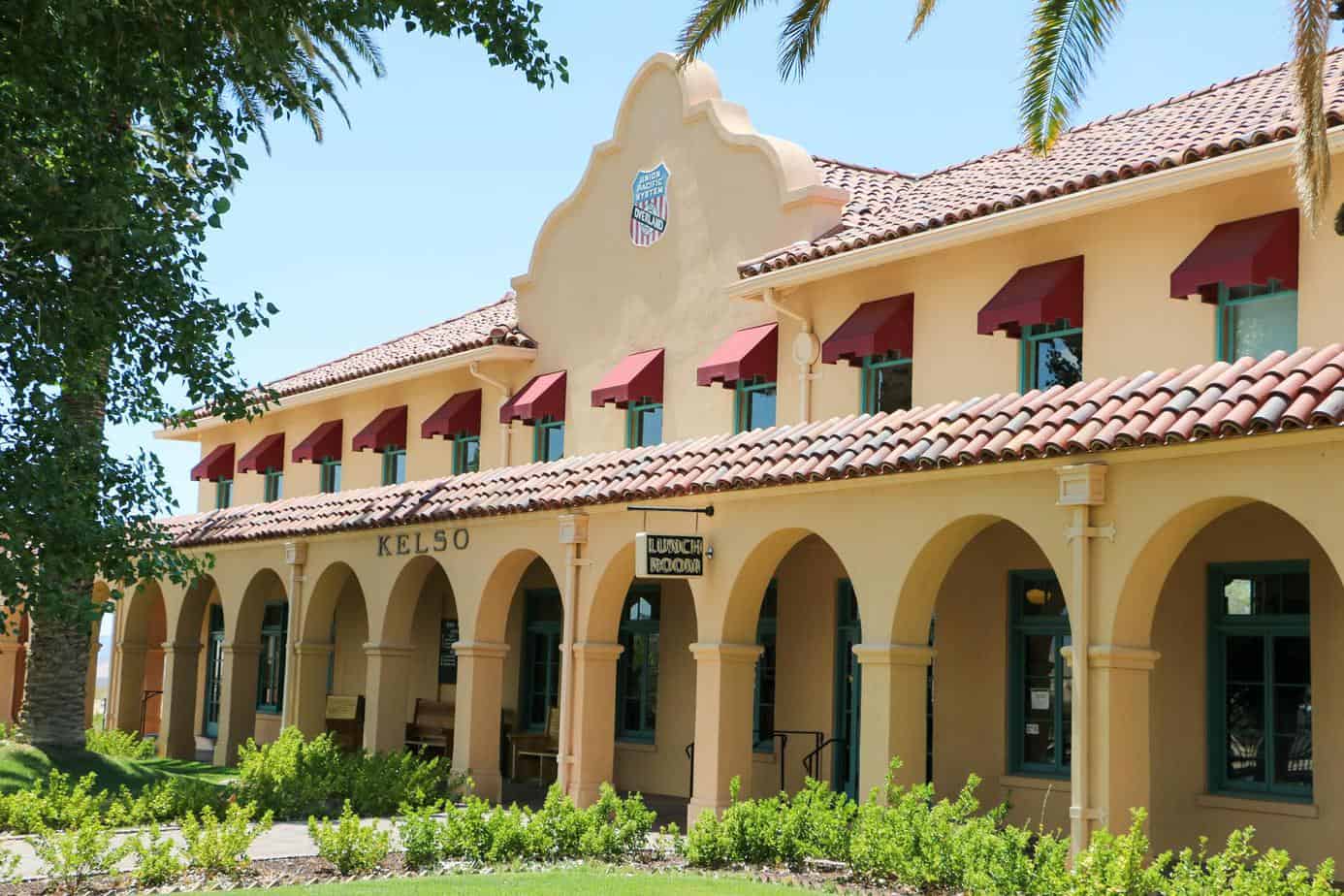
The Mojave Desert has become known for many things, but rarely for its ominous volcanic cones or the corresponding lava flows that reach out like stony tentacles into the sands below. Hike up the cones, crawl down the lava tubes, or find the hidden mine where photo opportunities abound. Then it is off to Soda Lake, a 15-mile-long, 6-mile-wide dry lake bed, as flat as pavement and covered in a thick silt bottom; it’s the perfect birthplace for cataclysmic dust storms. If there is one place in the Mojave to be defined as epic above all others, it’s here. Be sure to stay to the trail and watch the speed in the center of the lake. Abrupt drops and rises in the lake bottom have been known to send less cautious vehicles airborne, returning to the earth in more pieces than they left.
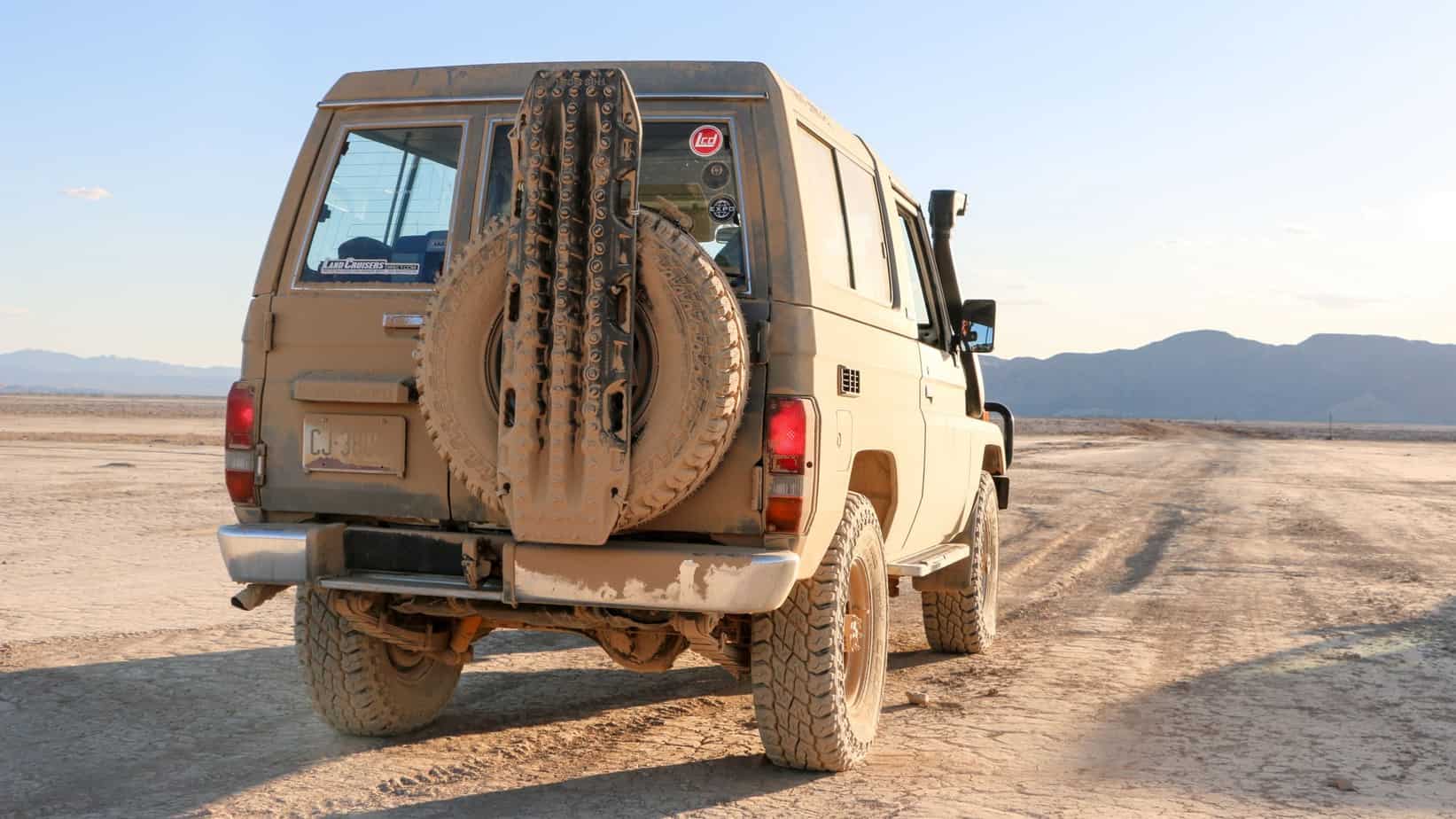


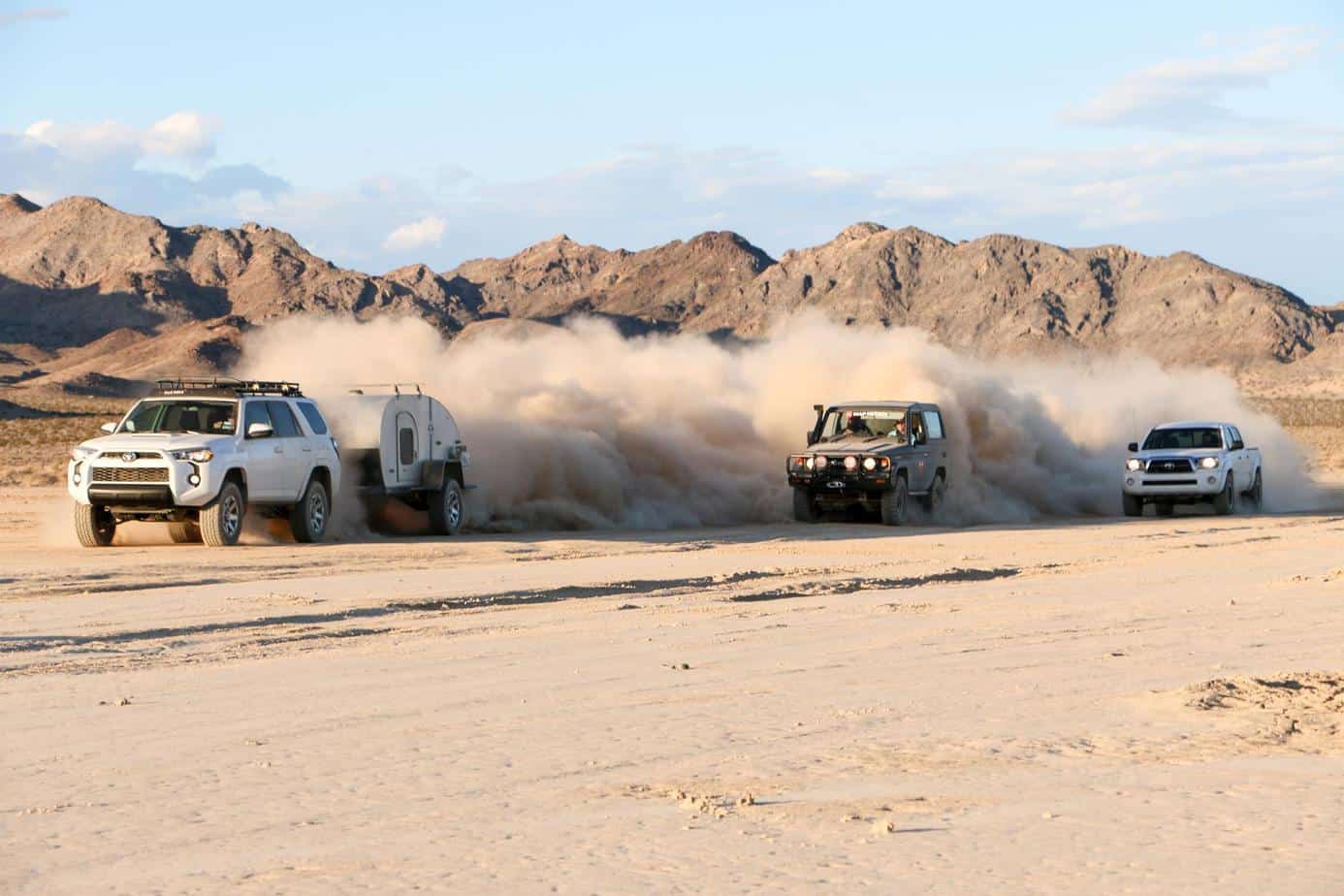
Another staff favorite added into this route is the abandoned rail station. This path can be tight but it is passable, even while hauling a large trailer. Bumping over the wooden rail ties, you’ll see impressive stone walls, foundations of ruins, and to the excitement of many a passenger, a sheer drop just inches off the side of the vehicle.
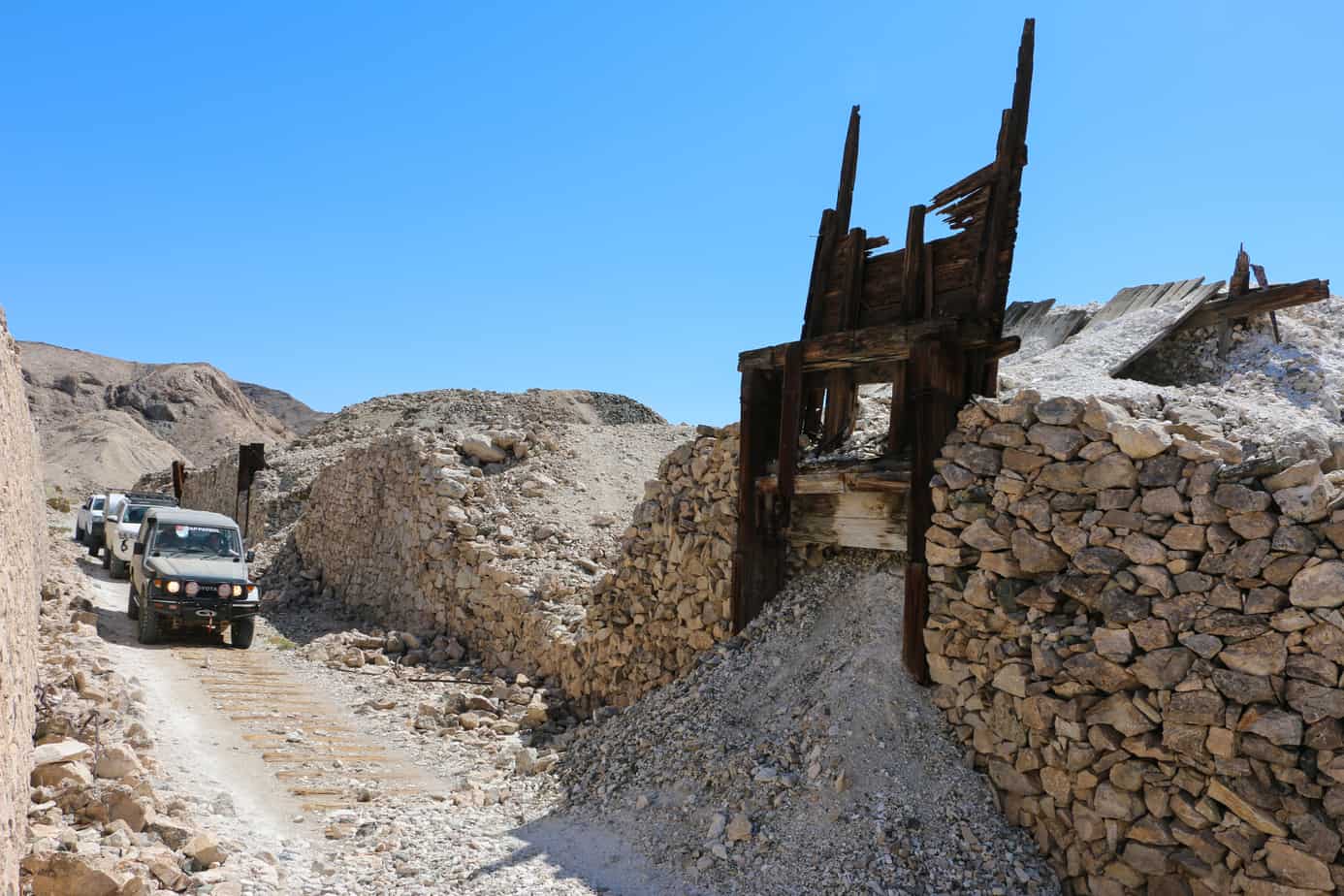
The journey comes to an end with long sand washes and the road’s two river crossings. The firm bottoms and predictable depth make these simple to navigate, but be sure all drivers are familiar with proper fording techniques. On even the easiest crossing, too much speed or improper entry can quickly result in a hydrolocked motor.
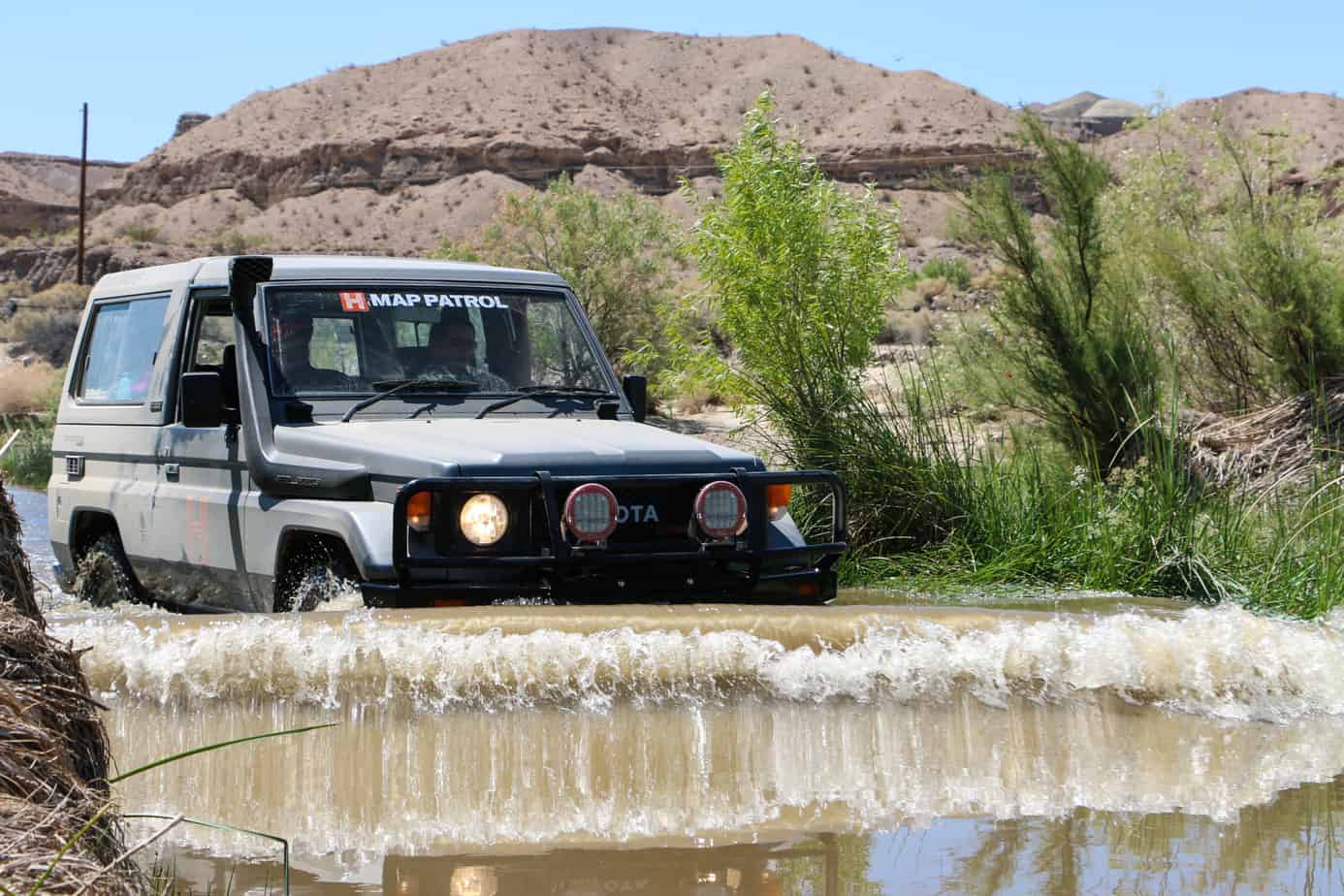
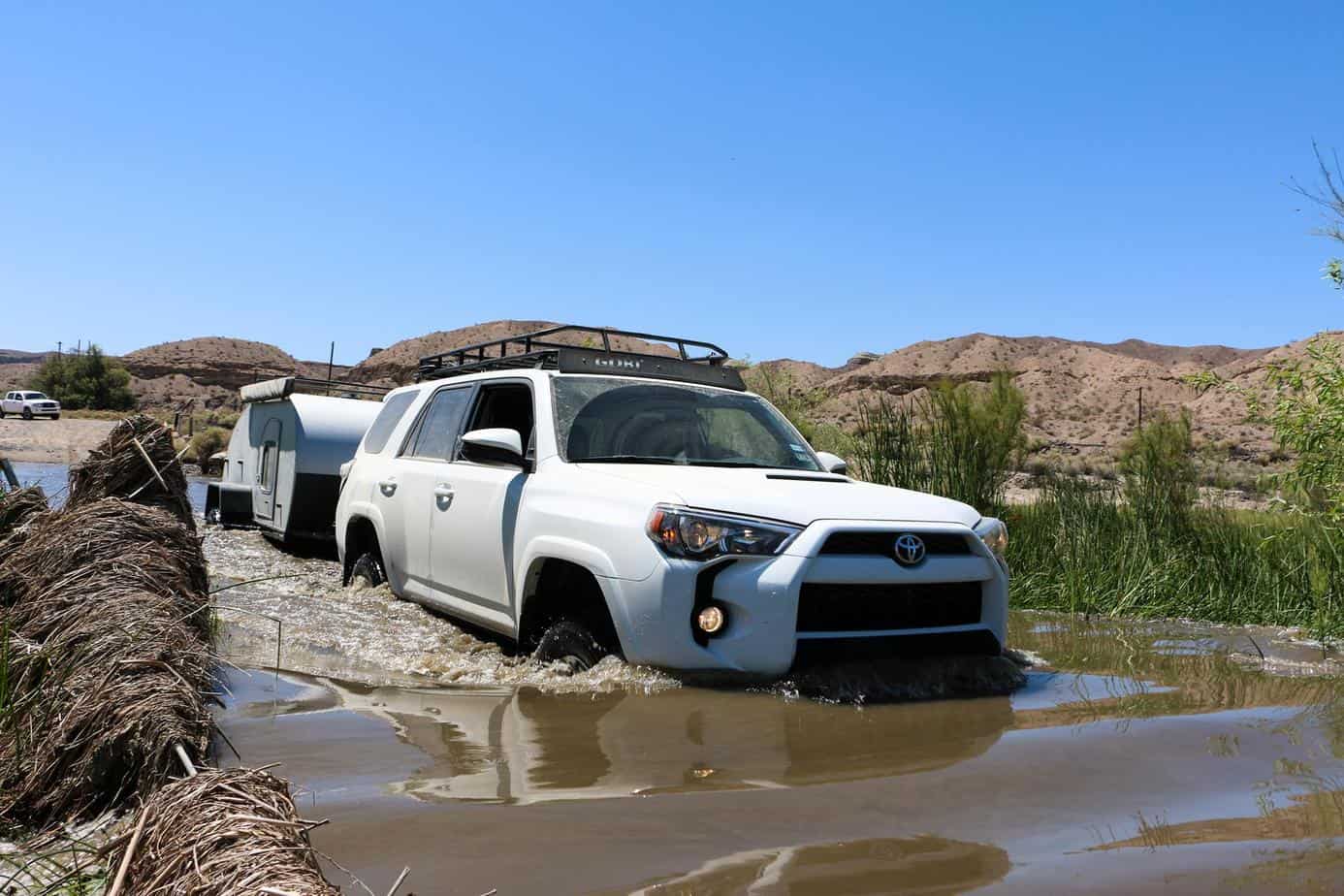
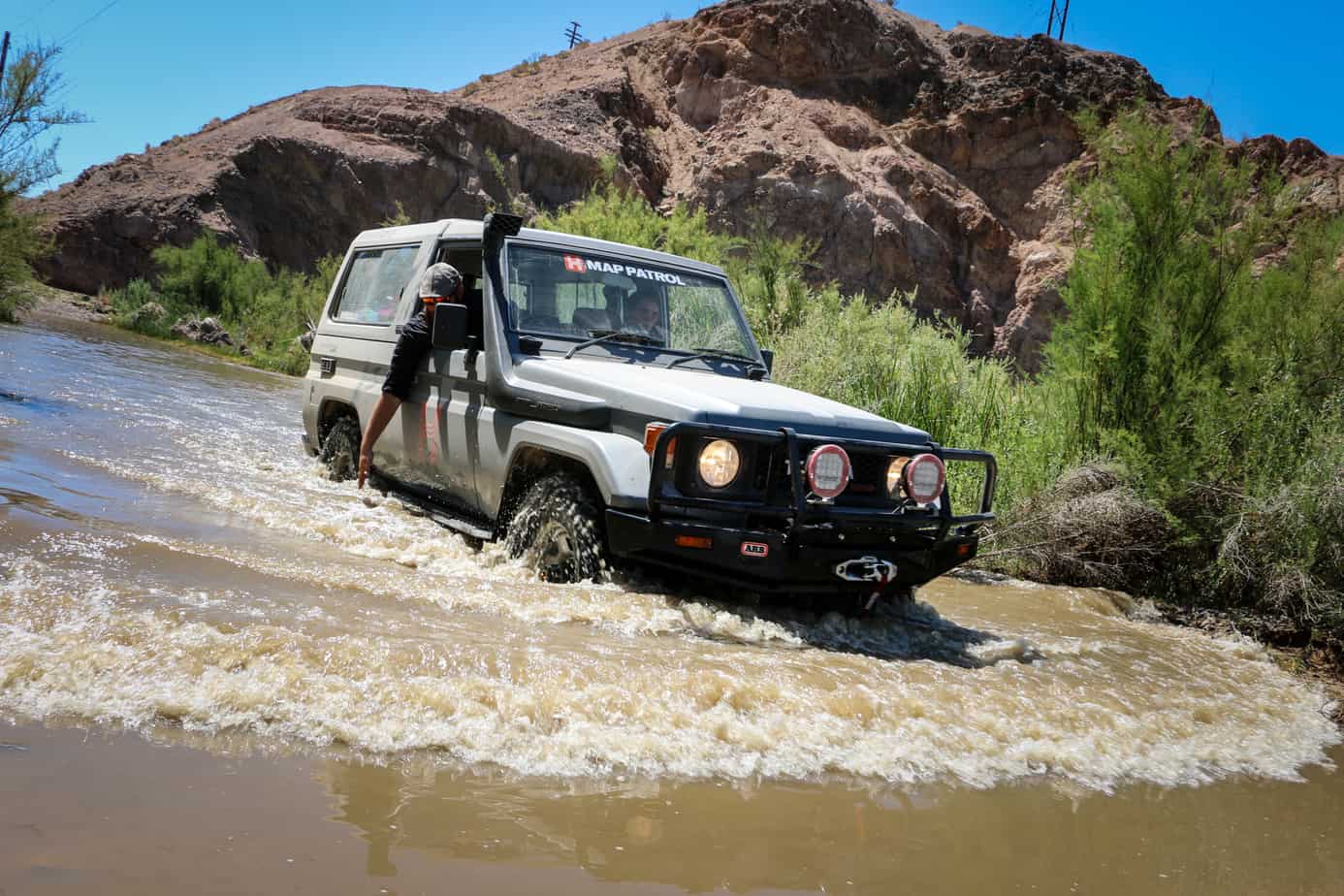
Access
West entrance: From Barstow, California, merge onto the I-15 N and continue for 23 miles. Take exit 206 for Yermo Rd. and follow for 3 miles. Turn right onto Alvord Mountain Rd. and you will reach the Mojave Road.
East entrance: From Searchlight, Nevada, head East on Cottonwood Cove Rd for 6.7 miles until you reach the fee station for Lake Mohave. Pay your fee and continue .1 miles, then turn right on Mead Davis Powerline Road, where your route begins.
Logistics
Distance off-pavement: 200 miles
Suggested time: 2-4 days
Longest distance without fuel: 214 miles
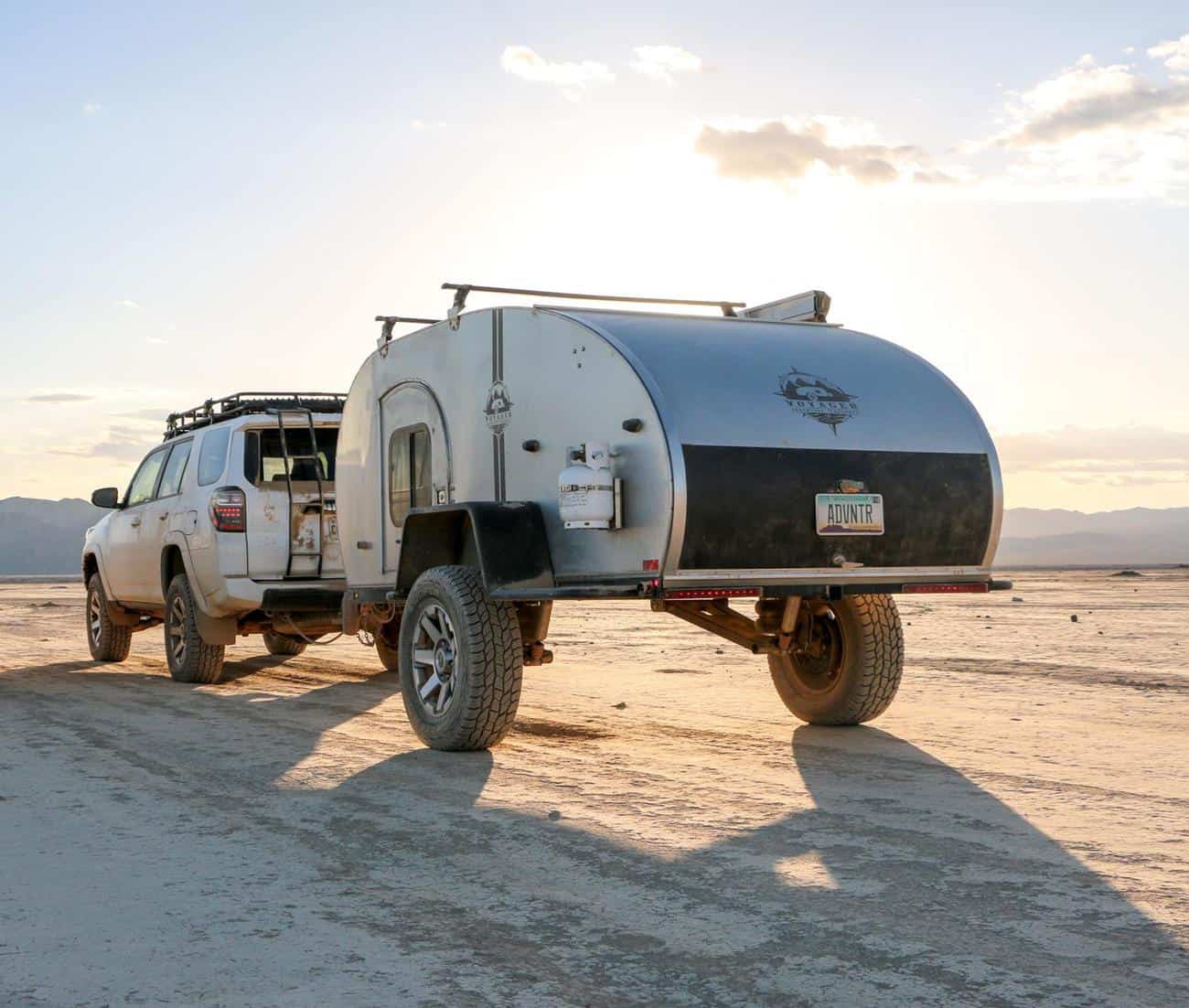
Fuel Sources
Searchlight, Nevada 35°27’38.0″N, 114°55’06.0″W
Baker, California 35°16’08.9″N, 116°04’09.9″W
Yermo, California 34°55’09.9″N, 116°46’09.2″W
Difficulty
The Mojave Road is easy for a stock 4WD with only a few sections of moderate obstacles. We rate the entire route as moderate due to the remote nature without support and because of the hill at Watson Wash, which can erode to various degrees of difficulty.
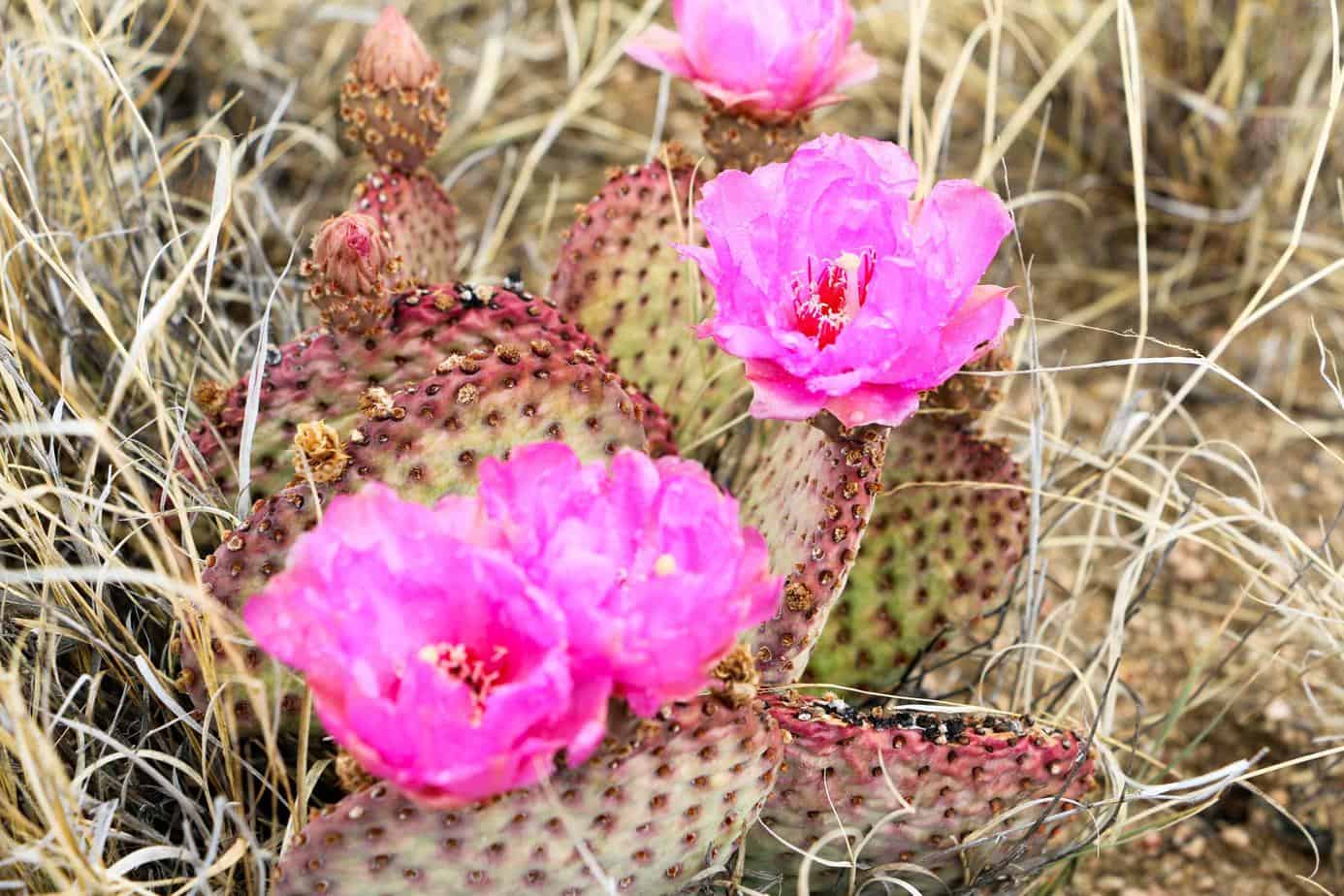
When to Go
The Mojave National Preserve is open year-round, however summer heat can be extreme and make even the shortest trip unpleasant. Winter can be equally harsh with temperatures dropping to 20°F in valleys, and below 0°F in the mountains. We recommend visiting in spring or fall when the temperatures are moderate. Be aware of spring monsoons which can flood washes and make the lake bed impassable. Park rangers should be contacted before travel for current conditions.
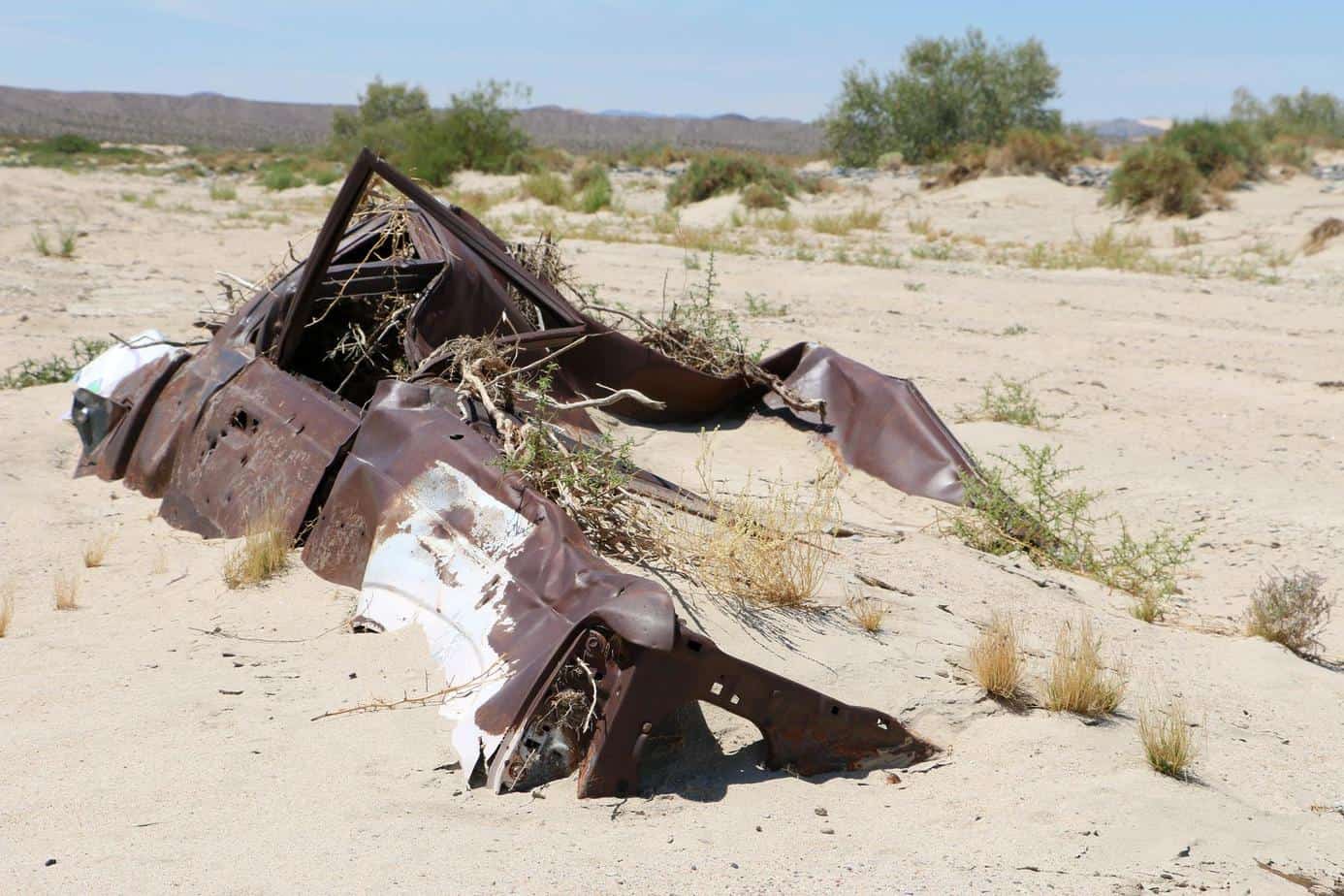
Permits and Fees
No permits are currently required for crossing the Mojave National Preserve (MNP).
Lake Mead National Recreation Area (LMNRA) requires an entrance fee: $10 USD/vehicle, $5 USD/bicycle, 7-day pass, or $30 USD all access, 1-year. This may be purchased at a park entrance or by mail.
Fire permits are required in California for any open fire, including campfires, stoves, and barbeque grills. These can be acquired online (preventwildfireca.org/Campfire-Permit/).
A fishing license is required for Lake Mohave and is available at most local bait shops and marinas.

Suggested Campsites
Nellis Cove (LMNRA)
Accommodates 2-4 vehicles
Beach camp, fishing, swimming, secluded
35°24’14.6″N, 114°39’34.4″W
Roman Mine Camp
Accommodates large groups
Scenic views and old mines
35°17’42.4″N, 114°44’14.6″W
Fort Piute (MNP)
Accommodates 4-6 vehicles
Historic ruins, hiking, creek access, scenic views
35°06’53.5″N, 114°59’03.3″W
Mojave Bus Camp (MNP)
Accommodates 3-5 vehicles
Classic stop, cool photo opportunities
35°07’10.4″N, 115°06’54.5″W
Lone Tree (MNP)
Accommodates 3-5 vehicles
Shade, scenic views, sheltered from wind
35°09’17.6 “N, 115°20’15.0″W
Mojave Camp (MNP)
Accommodates large groups
Fire rings, rock climbing, shelter from wind
35°10’55.5″N, 115°36’49.9″W
Lake Bed Lookout
Accommodates 4-6 vehicles
Scenic view of Soda Lake, sand dunes, photography hot spot
35°07’08.9″N, 116°07’05.0″W
The Station
Accommodates 2-3 vehicles
Ruins, sheltered from wind
35°02’55.9″N, 116°18’05.4″W

Contacts
Mojave National Preserve Visitor Information, nps.gov/moja/, 760-252-6174
Kelso Depot Visitor Center, 760-252-6100
Lake Mead National Recreation Area Visitor Information, nps.gov/lake/, 702-293-8990
Laughlin Police Department, 702-298-2223
Western Arizona Regional MC (Bullhead City), 928-763-2273
Barstow Police Department, 760-256-2211
Barstow Community Hospital, 760-256-1761
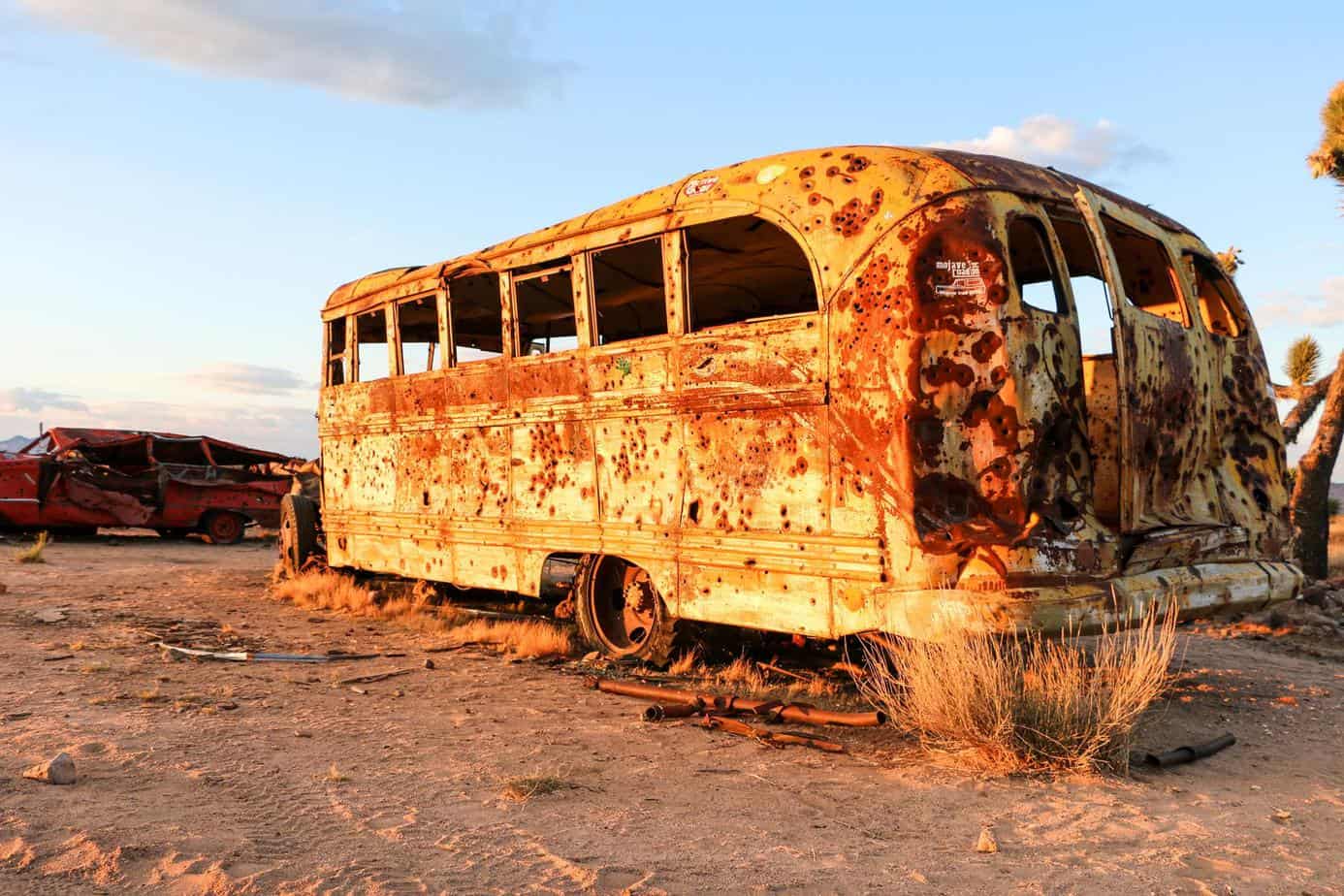
Resources
Basic maps and brochures can be found for free at nps.gov/moja/planyourvisit/maps.htm. Our detailed GPS track with points of interest is available through the Hema Explorer cloud here. We also recommend bringing the Mojave Road Guide by Dennis Casebier (ISBN: 978-0914224372). It contains the track for the original route and a complete history of the area.
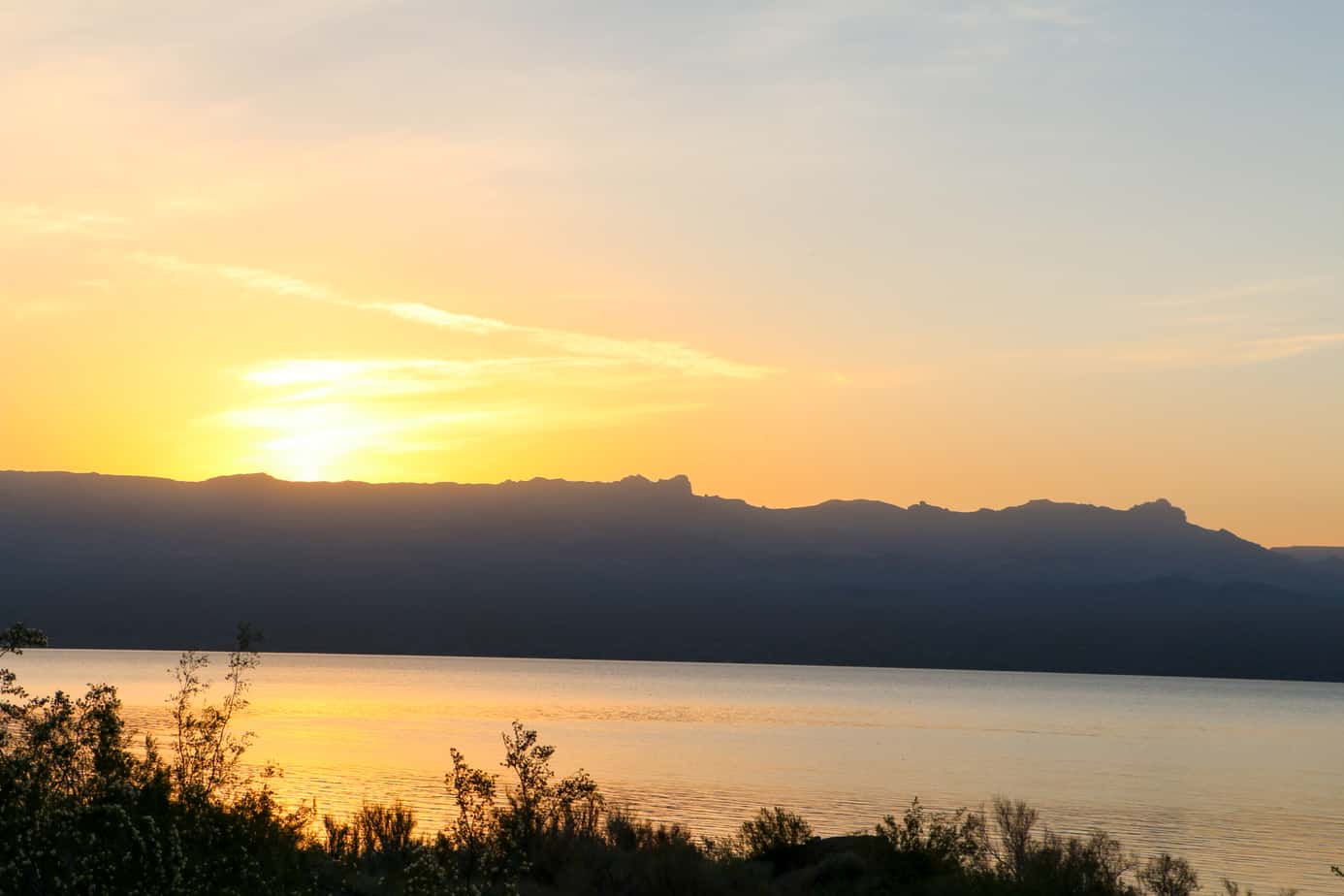
Notes
Overland Route descriptions are intended to be an overview of the trail rather than turn-by-turn instructions. We suggest you download our team’s GPS track by visiting the overland routes home page here as well as source detailed paper maps as an analog backup. As with any remote travel, conditions can change dramatically. In summer, rains can subject desert dry washes to flash flooding and turn the dry lake bed into a quagmire. Do not attempt a crossing when wet. Always contact park rangers for current conditions and stay to the trail.


